Orchestral
Keyboard Concertos Nos 1, 2 & 4
(Sony)
Rivals are plentiful, but credible contenders at this level of interpretation are rare. Andrei Gavrilov ‘out-Goulds’ Gould with his dry staccatissimo, and Gould himself was a good deal livelier in concert than on his rather sober commercial recording under Leonard Bernstein. Sviatoslav Richter plays with incredible control while keeping every note alive, but some might find his manner too austere. And while Edwin Fischer is consistently spontaneous, he is rather less elegant than Perahia – and his version of the A major Concerto sounds to me as if it’s ‘Busonified’ (or something very similar). Andras Schiff, like Perahia, commands a wide range of colours, though the binding force of Perahia’s concentration – always a boon in his latest recordings – leaves the stronger impression. The carefully balanced Sony recordings keep the sound frame tight and lively. All in all, this counts as yet another exceptional Bach-Perahia release... Rob Cowan
Keyboard Concertos
Angela Hewitt pf Australian Chamber Orchestra / Richard Tognetti
(Hyperion)
These are not entirely modern-instrument performances. Angela Hewitt includes, as she says, ‘a harpsichord in its traditional role as continuo’. Combining old and new isn’t unusual because in the early years of period performing practices, the likes of Thurston Dart, Raymond Leppard and George Malcolm married a harpsichord to modern strings and wind. What’s unusual here is the melding of two different types of keyboard, one sharply transient, the other ductile; and just how their functions dovetail with one another may be heard in the slow movement of the Brandenburg Concerto No 5. Hewitt also adds a cello to the continuo while contributing notes inégales, appogiature and other embellishments to her own line. The result is a potent artistic synergy between the musicians... Nalen Anthoni
Violin Concertos
Isabelle Faust, Akademie für Alte Musik Berlin
(Harmonia Mundi)
That Isabelle Faust and the Akademie für Alte Musik Berlin have let this Bach violin concertos album run to nearly 2 hours of music suggests a relish of their task that is mirrored triumphantly in the resultant music-making. Their choice of repertoire, too, feels driven by a desire to celebrate Bach’s life with the violin rather than document it. If they had wanted to be pedantically completist about it, we would have the Fifth Brandenburg and the Triple Concerto; instead we get the three known violin concertos plus the three most convincing reconstructions from harpsichord concertos, supplemented by a reconstruction of the putative early violin version of the B minor Flute Suite, and all neatly interspersed with arrangements of two of the organ sonatas and a clutch of cantata sinfonias (including the rarely heard, trumpet-and-drum-laden BWV1045, a violin concerto movement of some flashiness)... Lindsay Kemp
Violin Concertos
Alina Ibragimova vn Arcangelo / Jonathan Cohen
(Hyperion)
The E major Concerto is triumphantly joyous, and we can also admire the thoughtful conceits of the G minor (BWV1056), despite a few awkward corners in intonation; the sublimely succinct slow movement reveals Ibragimova’s vibrato as an expressive tool of considerable discernment. Yet it’s the soloist’s unerring focus and resolute direction which see her flying through the D minor Concerto (BWV1052) with magnificent bravura. Her tendency to push the tempo contributes to the fireworks in the outer movements: an admirable riposte to the tyranny of the metronome! This is an outstanding and distinctive addition to a catalogue bursting at the seams... Jonathan Freeman-Attwood
Brandenburg Concerto No 5. Concerto for Flute, Violin, Harpsichord. Italian Concerto
Jaime Martin fl Kenneth Sillitoe vn Jakob Lindberg theorbo ASMF / Murray Perahia
(Sony)
As on previous Perahia Bach concerto recordings, the overriding impression is of intelligence, sensitivity and drama tempered by humility – Bach’s and Perahia’s. The Italian Concerto begs the by-now familiar question as to how one pair of hands can command so many simultaneous dynamic grades without sounding strained or self-conscious. The outer movements are colourful but never prettified, the principal melody of the central Andante like a memory of classic bel canto. And yet Perahia’s Bach has plenty going on: you attend to one layer of counterpoint, then return for another and so on, discovering something new each time. Even when judged in relation to other top-ranking piano recordings of Bach (among the most recent, Goode, Hewitt, Schiff and Anderszewski) this CD strikes me as exceptional. The recorded sound is full and forward... Rob Cowan
Brandenburg Concertos Nos 1-6
Concerto Italiano / Rinaldo Alessandrini
(Naive)
Clarity of texture is one of this recording’s most glorious virtues, offering a view of the contrapuntal wonders of the music that has not always been available. This is particularly striking in the potentially murky, homogeneous textures of Nos 3 and 6; but the other, more colourfully scored concertos are just as lucidly done – a triumph of the balancer’s art, obviously, but surely just as much a result of clear-headed thinking on the part of the performers. Equally enlivening is a tight attention to articulative detail and tasteful ornamentation which keeps the music buoyant and forward-moving at all times... Lindsay Kemp
Brandenburg Concertos Nos 1-6
European Brandenburg Ensemble / Trevor Pinnock
(Avie)
When Trevor Pinnock first recorded the Brandenburgs with the English Concert for DG Archiv in 1982, period performances of these works were relatively rare; today they abound, and it has become harder to make a mark in music that does not readily admit a wide range of interpretations. Not that Pinnock need worry about that at this point in his career. This new recording, made with an ensemble hand-picked for the job, is a 60th-birthday present to himself, and is just what such a project should be: talented musicians relishing each other’s company in music of truly inspiring greatness... Lindsay Kemp
Brandenburg Concertos
(Linn)
Expertly stylish recordings of the six concertos Bach presented in neat copy to the Margrave of Brandenburg in March 1721 are two-a-penny but the Dunedin Consort offer more substantial style and bona fide expertise than most. John Butt’s essay is an accessible commentary, narrated with a friendly authority that bespeaks his extensive academic and performing experience. Several choices reveal sincere reflection about how Bach might have expected such concertos to be played during his years of service at Cöthen, such as the use of low ‘Cammerton’ pitch (A=392) and Werkmeister III temperament, and a decision to tune the viola da gamba and violone grosso to ‘Chorton’ (ie up a third) in order to better exploit the sonorities of open strings. None of those principles would be quite so valuable if the music-making wasn’t charismatic and refreshing. About half of the revolving team of 20 have participated in high-profile recordings before but the Dunedin players forge their own identity and capture what Butt praises as ‘carefree, joyous and spontaneous works’... David Vickers
Orchestral Suites
Freiburg Baroque Orchestra / Petra Mullejans, Gottfried von der Goltz
(Harmonia Mundi)
The tempi are often quite brisk but never excessively fast and the orchestra’s internal balance is especially good; in the two D major Suites, the trumpets uninhibitedly promote a festive atmosphere but are sensitive enough to allow other instruments to take the lead when their parts are more important. You may not agree with the Freiburgers’ refusal to over-dot in the overtures but you’ll have to agree that, through persuasive phrasing, they perform these sections entirely convincingly. Indeed, conviction shows on every track of the set. This is music-making to lift the spirits... Duncan Druce
Chamber
Trio Sonatas
(Avie)
The BSB’s approach combines the clarity of London Baroque with the elegance of the Purcell Quartet while hinting at the colour of the Palladian Ensemble, which employs recorders and plucked strings as well as violin and gamba on its excellent disc of arrangements of Bach sonatas and chorales. But the exuberance is all BSB’s own. Theo’s bass is clear and firm throughout, providing a centre of gravity for violinists Rachel Harris and Farran Scott to really dance. This is as apparent in the fast major-key movements such as BWV529’s opening Allegro and dramatic minor-key movements such as the Vivace from BWV526 as it is in the slower, which, like the Largo of BWV526, tend towards the quicker side without sacrificing delicacy or gravitas. The variety of string articulation together with Gibley’s discrete harmonisations further serve both to enliven and to elucidate Bach’s musical arguments. Superb... William Yeoman
Flute Sonatas
Ashley Solomon fl Terence Charlston hpd
(Channel Classics)
This is an impressive and enjoyable album that easily bears repeated listening – certainly I’ve played it many times already, and not just for reviewing purposes. There is a soothing quality to the baroque flute, and its gentle, slightly reedy tone is captured very well on this disc from Channel Classics. It is closely recorded in a church acoustic to give a brilliant tone with added depth. Today’s makers of the baroque flute are producing highly refined instruments, exemplified here by the Rod Cameron copy of a Denner, which has a strong, even tone and good balance of register, allowing highly accomplished performers like Ashley Solomon complete technical freedom... Tess Knighton
Instrumental
Lute works
(Delphian)
The flow of the E minor Suite’s Prelude is subtly arrested by expressively arpeggiated chords which throw into sharp relief a cut-glass Fugue that attunes the listener to rippling yet clearly defined semiquavers and tastefully applied ornamentation in the following dance movements. I like, too, the pointing up of the similarities between the BWV997 Partita’s Fugue and the previous Suite’s Gigue, while the intelligent use of sweetness of tone and rubato, as in the exquisite Sarabande’s third bar, is very fine. And has the Prelude, Fugue and Allegro ever sounded so contemporary in its nostalgic sweetness and, in the final movement, sheer unabashed joy? Somewhat perversely, I’m reminded of that formidable doyenne of the harpsichord Wanda Landowska saying to cellist Pablo Casals: ‘You play Bach your way and I’ll play Bach his way.’ In reality, like Shibe, they both played Bach both ways. And with conviction. And love... William Yeoman
Complete Sonatas for Violin and Obbligato Harpsichord
Rachel Podger vn Jonathan Manson va da gamba Trevor Pinnock hpd
(Channel Classics)
Another recording of Bach’s violin sonatas, and at last one that really hits the spot. Rachel Podger has already attracted much praise for her recordings of the solo violin music, but is heard here to even better advantage in the Six Sonatas for Violin and Obbligato Harpsichord, BWV1014-19, for which she is joined by Trevor Pinnock (of whose English Concert she is now the leader). The two make a fine match. Both are uncomplicated, utterly instinctive musicians with a sure technical command and sound stylistic sense, and in works as robust and complete as these, that is most of the battle already won. But this is also music of great poetry, and, without straining unduly to make their points, Podger and Pinnock bring this out superbly; Pinnock’s harpsichord is gently resonant and softly voiced, and Podger coaxes a lyrical flexibility out of her violin, its singing qualities enhanced thanks to a restrained but tellingly sweetening use of vibrato – one which also enables her to play more consistently and blessedly in tune than almost any other baroque fiddler currently in business... Lindsay Kemp
Cello Suites
Pablo Casals vc
(Warner Classics)
From the profound contemplative quality of the G major Sarabande or the C minor Allemande to the zest of the C major Bourree, the breadth and grandeur of the D minor Suite's Prelude and the gravity of its Sarabande, the lightness of the E flat Allemande and Bourrees or the C minor Gavotte, the raptness of the C minor Sarabande, and the lucidity of thought behind the elaborate D major Allemande, these performances remain the classic yardstick by which all later ones must be judged... Lionel Salter
Cello Suites
(DG)
Above all, Fournier's Bach playing is crowned with an eloquence, a lyricism and a grasp both of the formal and stylistic content of the music which will not easily be matched. Curiously, perhaps, it is the baroque cellist, Anner Bylsma on RCA who often provides close parallels with Fournier. Bylsma's tempos tend to be faster than those of Fournier – that, after all has been a trend in baroque music over the past 20 years or so – but his conception of the music shares ground with that of Fournier. Out and out purists, poor devils, may not be able to adjust to modern pitch, modern instrument and, in the case of Suites Nos 5 and 6, the wrong instrument, but if that is so they are deserving more of compassion than censure. Fine recorded sound and strongly commended on virtually all counts... Nicholas Anderson
Cello Suites
Steven Isserlis vc
(Hyperion)
Not everyone will like the brisk tempi (though the Allemandes, for instance, gain in architectural coherence), but few will fail to be charmed by Isserlis’s sweetly singing tone, his perfectly voiced chords and superb control of articulation and dynamic – the way the final chord of the First Prélude dies away is spellbinding. There are so many other delights: the subtle comings and goings of the Third Prélude, the nobly poised Fifth Allemande, the swaggering climax that is the Sixth Gigue – I cannot mention them all. Suffice to say that Isserlis’s Bach is a major entrant into an already highly distinguished field, and a disc many will want to return to again and again... Lindsay Kemp
Cello Suites
David Watkin vc
(Resonus)
Watkin plays the first five suites on a cello by Francesco Ruggieri – a luthier contemporary of Bach’s whose instruments are famed for their warmth of tone – and the sixth on a rare five-string cello by the Amati brothers of the same period. But the extraordinarily resonant sound he makes is probably less to do with the instruments than with the playing itself, which is warm, expansive, generous and friendly. That is not to say that this performance is not of the highest level intellectually and technically: it is, and largely because of its appreciation of these suites as not just dances but discourses almost verbal in their directness. It is as if all the work that Watkin has ever done on these pieces has been absorbed absolutely and then reproduced in a performance that is able to be completely original in its voice at the same time as never producing a phrase that jars in its unsubtlety, or presents an ego that overarches the music... Caroline Gill
Solo Violin Sonatas & Partitas
(Channel Classics)
As a matter of tactics disregarding the printed order of the works, this second disc opens in the most effective way with a joyous performance of the ever-invigorating E major Preludio. At once we can recognize Podger's splendid rhythmic and tonal vitality (not merely Bach's marked terraced dynamics but pulsatingly alive gradations within phrases), her extremely subtle accentuations and harmonic awareness (note her change of colour at the move from E to C sharp major in bar 33), are all within total technical assurances. The Gavotte en Rondeau is buoyantly dance-like, and in the most natural way she elaborates its final statement (her stylish ornamentation throughout the Partita is utterly convincing). She takes the Giga at a restrained pace that allows of all kinds of tiny rhythmic nuances. Only a rather cut-up performance (for my taste) of the Loure stops this being one of the most enjoyable E major Partitas I can remember... Lionel Salter
Solo Violin Sonatas & Partitas
(Erato)
With these impressive performances (on her beautiful-toned Amati) of the Solo Sonatas and Partitas Monica Huggett sweeps other baroque interpretations off the board. She nails her colours firmly to the mast in her printed introductory note (which follows an uncommonly perceptive and informative commentary on the music by Mark Audus): her aim, she says, is a characteristically bright and sweet seventeenth-century timbre, and she declares herself less interested in the virtuoso aspect of the music, more in the “interior spirituality of the sonatas and the gracious elegance of the partitas”. That certainly does not imply any absence of virtuosity: there have been few recordings of these pillars of the repertoire so impeccable in intonation and so free from any tonal roughness... Lionel Salter
English Suites Nos 1, 3 & 5
(Warner Classics)
This is a glorious disc. Simply glorious. Anderszewski and Bach have long been congenial bedfellows and the Pole’s playing here is compelling on many different levels. To start with, there’s the sense of sharing the sheer physical thrill of Bach’s keyboard-writing. This is particularly evident in faster movements such as the fierce and brilliant fugal Gigue that concludes the Third Suite, or, in the E minor Fifth Suite, the extended fugal Prelude and the outer sections of its Passepied I. Common to all is a sense of being fleet but never breathless, with time enough for textures to tell... Harriet Smith
French Suites
(DG)
Perahia’s pacing is unerring throughout, and even if you tend to favour this movement slower, that one faster, the sense of narrative that he brings to these suites as a whole is utterly persuasive. Again, examples are manifold, but to take just one, try the Courante of the Sixth Suite, its streams of semiquavers and interplay between the hands a thing of delight. At the double bar, before the section repeat and before embarking on the second section, we get the slightest of hesitations, Perahia pausing just long enough to let the music breathe. It’s as if we exhale with him. All this would count for little were we not able to hear him in such beautifully immediate sound. So we should also pay tribute to Perahia’s longtime producer Andreas Neubronner, engineer Martin Nagorni and king among piano whisperers, technician Ulrich Gerhartz. I’ve only had this recording for five days but I predict a long and happy future in its company... Harriet Smith
Inventions. Sinfonias
Till Fellner pf
(ECM New Series)
Purists may also take issue with the tonal haze and mist resulting from Fellner’s liberal pedalling in the E major Sinfonia or, in the G major French Suite, the pianist’s soft-grained Allemande and Loure. However, the Sarabande’s simple eloquence plus the crisply pointed Bourrée and Gigue more than compensate. All told, the Inventions and Sinfonias in Fellner’s hands rank alongside the catalogue’s strongest piano versions (including Gould, Schiff, Koroliov, Hewitt and Peter Serkin), and benefit from ECM’s superior, state-of-the-art engineering... Jed Distler
Organ Works, Vol 1
Masaaki Suzuki org
(BIS)
The E minor Prelude and Fugue is the greatest tour de force here, and arguably Bach’s most ambitious single creation on the organ. Truly symphonic in grandeur, the work is harnessed impressively by this exceptionally experienced Bachian. Granite-like blocks of intensely chiselled harmonic progressions starting at 2'38" and building to the last at 5'48" are studiously laid down, as if for posterity, and yet there’s an underlying immediacy and restlessness in Suzuki’s rhetoric which leads to thrillingly choppy waters in the Fugue. Only Samuil Feinberg’s arrangement on the piano has lifted this piece completely out of its safe organ istic sphere – but I think it now has a partner in grandeur, flair and emotional risk. And it’s on the organ... Jonathan Freeman-Attwood
Partitas
Igor Levit pf
(Sony Classical)
Complex music – but not complicated. Levit’s achievement is to miss nothing of their scope and variety as compositions while conveying what it is that makes each one a unity, not an anthology, demanding to be performed complete. Where other practitioners offer regular accents and a perhaps over-cautious traversal, tethered to the notes, Levit never fails to project a commanding overview – an aerial perspective, almost – in addition to the detail of phrasing and articulations and the nooks and crannies of melodic lines. Only the most gifted interpreters manage both. It energises his performances and makes them seem to inhabit a state of grace. And it contributes to our enjoyment in another way, drawing us on as we listen and keeping us curious as to what lies around the next corner. A first impression might be of quicker tempi than usual and of a fleetness that challenges us to keep up. Yet one quickly registers that nothing, in fact, is rushed or driven too hard – not a phrase or a paragraph, nor even (most important) the execution of an ornament... Stephen Plaistow
Partitas, BWV825–30
Trevor Pinnock hpd
(Hänssler Classic)
From the opening bars of the First Partita’s leisurely Praeludium, it is clear that this is a master harpsichordist, a player whose seemingly effortless command of his instrument allows him to express his innate musicianship without any need for overstatement or gratuitous point-making. There is nothing laboured or studied about his performances of these demanding works; his faultless finger technique allows him not only to step with confidence through a virtuoso minefield such as the Gigue of the Fifth Suite (his are the tightest trills I have heard), but perhaps, more important, to make a gently flowing legato the starting-point of his interpretation. It is an approach that could run the risk of being boring were it not that Pinnock’s ability to place every note precisely and sensitively – helped by an instrument (or is it the recording?) which takes the edge off each note’s attack – makes it come across as wonderfully natural and unaffected. Bach, after all, can do the rest... Lindsay Kemp
Toccata in C minor, etc
(DG)
Argerich’s attack in the C minor Toccata could hardly be bolder or more incisive, a classic instance of virtuosity all the more clear and potent for being so firmly but never rigidly controlled. Here, as elsewhere, her discipline is no less remarkable than her unflagging brio and relish of Bach’s glory. Again, in the Second Partita, her playing is quite without those excesses or mannerisms that too often pass for authenticity, and at 2'14'' in the Andante immediately following the Sinfonie she is expressive yet clear and precise, her following Allegro a marvel of high-speed yet always musical bravura... Bryce Morrison
Toccatas
Angela Hewitt pf
(Hyperion)
Angela Hewitt – always responsive to such a teasing mix of discipline and wildness – presents even the most audacious surprises (the close to the G major‚ the chromatic grandeur in the Adagio from the F sharp minor‚ etc) with a superb and unfaltering sense of balance and perspective. Time and again she shows us that it is possible to be personal and characterful without resorting to selfserving and distorting idiosyncrasy. Everything is delightfully devoid of pedantry or overemphasis; few pianists have worn their enviable expertise in Bach more lightly. How scrupulously she observes Bach’s moderato qualification in the C minor Toccata’s Allegro fugue‚ how delicate and precise her way with the same fugue’s return. Again‚ in the F sharp minor Toccata everything is meticulously graded‚ and in the dazzling D major Toccata‚ which so fittingly closes her programme‚ not even Bach’s most ebullient virtuosity can induce her to rush; everything emerges with a clarity that never excludes expressive beauty... Bryce Morrison
The Well-tempered Clavier
(Naxos)
Edwin Fischer’s 1933-36 HMV set of Bach’s 48 was the first recording by a pianist of the set, and it remains the finest of all. Fischer might well have agreed with Andras Schiff that Bach is the ‘most romantic of all composers’, for his superfine musicianship seems to live and breathe in another world, ether or ambience. His sonority is as ravishing as it is apt, never beautiful for its own sake, and graced with a pedal technique so subtle that it results in a light and shade, a subdued sparkle or pointed sense of repartee that eludes lesser artists. Again, no matter what complexity Bach throws at him, Fischer resolves it with a disarming poise and limpidity, qualities as natural as they are profound... Bryce Morrison
The Well-tempered Clavier
Ewa Pobłocka pf
(NIFC)
Ewa Pobłocka’s Bach has everything going for it: pianistic resourcefulness, keen polyphonic acumen, impeccable taste and an ability to imbue each Prelude and Fugue with a distinct point of view borne out of musical considerations. You notice this from the start. Her C major Prelude unassumingly unfolds at a moderate pace, resonating less like a piano than a murmuring organ, while the C major Fugue sounds like a madrigal featuring four distinct yet unified voices with prodigious breath control. By contrast, the C minor Prelude and Fugue stands out for Pobłocka’s hard-hitting detached articulation. The C sharp major Prelude’s arching phrases remind me of Myra Hess’s similarly unpressured vintage recording, and her fluidly lyrical approach to the C sharp minor Fugue highlights the music’s harmonic poignancy yet appreciably minimises its austere reputation... Jed Distler
Goldberg Variations
(Sony Classical)
Perahia never strikes a brittle note and yet his control and projection of rhythm are impeccable. He can trace the most exquisite cantabile, even while attending to salient counterpoint, and although clear voicing is a consistent attribute of his performance, so is flexibility. He makes points without labouring them, which is not to deny either the brilliance or the character of his playing. Like Hewitt, he surpasses himself. It’s just that in his case the act of surpassing takes him that little bit further. A quite wonderful album... Rob Cowan
Goldberg Variations
Mahan Esfahani hpd
(DG)
The first thing you notice about this remarkable recording is the unusual warmth and tonal vibrancy of the harpsichord, built in 2013 by Huw Sanders after a German two-manual model from around 1710. Mahan Esfahani obviously revels in its capabilities as he takes you on an arresting journey through Bach’s Goldberg Variations, where his sophisticated virtuosity, stylistic aplomb and strong personal profile give fresh and meaningful voice to this well-travelled score. His navigation of the music’s structure (with all repeats intact, including those in the Aria da capo) is carefully considered without sounding in the least bit studied, or different for the sake of being different... Jed Distler
Goldberg Variations
Glenn Gould pf
(Sony, 1981 rec)
This truly astonishing performance was recorded in 1981, 26 years after Gould's legendary 1955 disc. Gould was not in the habit of re-recording but a growing unease with that earlier performance made him turn once again to a timeless masterpiece and try, via a radically altered outlook, for a more definitive account. By his own admission he had, during those intervening years, discovered 'slowness' or a meditative quality far removed from flashing fingers and pianistic glory. And it is this 'autumnal repose' that adds such a deeply imaginative dimension to Gould's unimpeded clarity and pin-point definition. The Aria is now mesmerically slow. The tremulous confidences of Variation 13 in the 1955 performance give way to something more forthright, more trenchantly and determinedly voiced, while Var. 19's previously light and dancing measures are humorously slow and precise. Variation 21 is painted in the boldest of oils, so to speak, and most importantly of all, Landowska's 'black pearl' (Var. 25) is far less romantically susceptible than before, has an almost confrontational assurance. The Aria's return, too, is overwhelming in its profound sense of solace and resolution... Bryce Morrison
Goldberg Variations
Igor Levit pf
(Sony Classical)
Levit’s Goldberg Variations range themselves more naturally alongside the patrician intelligence of a Perahia than with the sui generis extremes of a Glenn Gould. At times Perahia’s imagination in repeats arguably betokens a fraction more wisdom. But such fine nuances only emerge in the dutiful process of comparison, rather than in the wholly absorbing experience of Levit traversing another musical peak. Top-notch recording quality, too. If a finer piano recording comes my way this year I shall be delighted, but frankly also astonished... David Fanning
Italian Concerto. Partitas, etc
Naxos
Here you will search in vain for the sort of muddles or confusions that would sometimes plague his performances (evidence of his proud boast that he did little practice). His Bach has a peerless lightness, grace and natural beauty, the reverse of Teutonic earnestness and heaviness. The Andante from the Italian Concerto, a tirelessly ornamented aria, is given with an enviable poise and lucidity while in the Gigue from the First Partita his playing is, again, the opposite of a more familiar cold-hearted virtuosity, making you regret that there are only excerpts from this exquisite masterpiece. In the Fifth Partita (given complete) Gieseking shows the most subtle virtuosity and is no less convincing in the Sixth Partita’s more strenuous and concentrated demands... Bryce Morrison
The Art of Fugue
(DG)
This is Bach-playing to listen to every day, fresh, spry and well modulated. If spirituality is to be found in The Art of Fugue, Aimard seems to say, it will not be through slow tempi, dynamic extremes or the quasi-religious trappings arrayed by the likes of Sokolov, Kocsis, Koroliov and Nikolaieva. The tripping, French swagger of Contrapuncti 2 and 6 and the smart Italian cut of No 9 fit neatly under the fingers. Freedom is found within the interplay of voices rather than any fancy phrasing: in fact the mirror fugues and canons are so unfussily done that you’d never guess without a score to hand how much a single musician can look and sound like Mr Messy while playing them... Peter Quantrill
Keyboard Works
(DG)
Ólafsson’s notes tell of his discovery of Bach pianists as different as Edwin Fischer, Rosalyn Tureck, Dinu Lipatti, Glenn Gould and Martha Argerich. From this, he has found his own way with Bach – highly individual but never mannered. His account of Kempff’s transcription of the chorale prelude Nun freut euch is less anchored by the chorale tune itself and more flighty in effect than Kempff’s own performances (Eloquence). I like the way that Ólafsson alternates original Bach with the transcriptions, so that Stradal’s take on the middle movement of Bach’s Fourth Organ Sonata (given here with generous use of sustaining pedal to create a poetic ambience) is followed by a refreshingly airborne account of the D major Prelude from Book 1 of The Well-Tempered Clavier, while its Fugue melds clarity with nobility. After this comes the Busoni version of another chorale prelude, Nun komm der Heiden Heiland, which unfolds more naturally than in Demidenko’s hands (Hyperion). We then get another dash of cold water in the C minor Prelude and Fugue from Book 1. The Prelude is judged to perfection, combining energy and brilliance, the Fugue a model of crisp detail... Harriet Smith
Vocal
Sacred Cantatas
Bach Collegium Japan / Masaaki Suzuki
(BIS)
While John Eliot Gardiner performed his near-complete Bach sacred cantata ‘pilgrimage’ in the course of the great millennial year in 50 contrasting locations, Masaaki Suzuki’s 18-year journey has been a gradually unfolding musical voyage (a chronological rather than seasonal progression) and in the singular, luminous hallmark acoustic of the Shoin Women’s University Chapel in Kobe. Comparisons of two exceptional Bach projects are largely rendered odious by the fact that Gardiner’s work largely represents a repository of recorded concerts while Suzuki’s has been a considered, slow-burn studio project. If the early critical rhetoric of Vol 1 (Cantatas Nos 4, 150 and 196 – 6/96) was one of astonishment that a Japanese choir could sing such perfect German or that Japanese instrumentalists could comprehend ‘style’ so effortlessly, it soon became apparent that the world is smaller than we think and that Suzuki’s subtle and embedded understanding of Bach was yielding an important set of new recorded ‘texts’ in a global musical language. No complete series can deliver equal inspiration in every volume but Suzuki and BCJ have created an indelible mark on Bach’s recorded vocal landscape. The best is as good as anyone anywhere – and the whole, of the six complete cantata sets, probably the most consistent... Jonathan Freeman‑Attwood
Sacred Cantatas
Monteverdi Choir; English Baroque Soloists / Sir John Eliot Gardiner
(SDG)
One of the most staggering achievements – in terms of ambition, execution, presentation and cultural significance – emerged from the millennial project by the Monteverdi Choir, English Baroque Soloists and Sir John Eliot Gardiner to perform all of Bach’s sacred cantatas during the course of a single year. The performances, which were recorded during the tour, started to emerge on disc in 2005 and the first volume secured Gramophone’s Recording of the Year; the entire project was given a Special Achievement Award in 2011. Now all 56 CDs have been gathered together in an elegant black box. As well as a slim booklet of essays and a complete listing by both CD contents and BWV number, there’s a CDR that contains Gardiner’s excellent notes as well as the texts and translations of all the cantatas. Steve McCurry’s extraordinarily vivid photographs still adorn each sleeve to great effect. But it is the impact of this music that makes it such an achievement: Bach squares up to the highs and lows of mankind, and our baser motives and higher aspirations are engaged with in a musical language that transcends the passing of time. If ever part of a major composer’s work needed rediscovering it’s the Bach cantatas – we really know too few of them... James Jolly
Sacred Cantatas
Vienna Concentus Musicus/ Nikolaus Harnoncourt; Leonhardt Consort / Gustav Leonhardt
(Warner Classics)
This cycle of all of Bach 's sacred cantatas in 45 volumes and on 83 discs has enriched the catalogue incalculably. Beside the more glamorous projects that have captured the attention in the sphere of period performance, the work of Nikolaus Harnoncourt and Gustav Leonhardt and their colleagues in Amsterdam and Vienna has progressed steadily and with consummate musicianship. Each volume in this monumental project offers rich rewards and bears witness not only to Bach's unparalleled genius but to the remarkable consistency and imagination of the many performers who have contributed to it over the years... James Jolly
Cantatas Nos 82 and 199
Emma Kirkby sop Katharina Arfken ob Freiburg Baroque Orchestra / Gottfried von der Goltz vn
(Carus)
One of the world’s brightest Baroque ensembles performing with one of the world’s most admired Baroque sopranos sounds an enticing proposition‚ and so it should. What is more‚ the solo cantatas on offer here are two of Bach’s most moving: Ich habe genug‚ that serene contemplation of the afterlife; and Mein Herze schwimmt im Blut‚ a relatively early work with a text which moves from the wallowing selfpity of the sinnner to joyful relief in God’s mercy. Each contains music of great humanity and beauty‚ and each‚ too‚ contains an aria of aching breadth and nobility – the justly celebrated ‘Schlummert ein’ in the case of Ich habe genug‚ and in Mein Herze the humble but assured supplication of ‘Tief gebückt’. This aria alone ought to make the cantata a more familiar one‚ but there is plenty more to recommend it‚ including a grief laden first aria with obbligato oboe‚ a dignified chorale with obbligato cello‚ and recitatives whose expressiveness is enhanced by stoical string accompaniment. Both could have been written for Emma Kirkby‚ who‚ thrillingly virtuosic though she can be‚ is perhaps at her best in this kind of longbreathed‚ melodically sublime music in which sheer beauty of vocal sound counts for so much... Lindsay Kemp
Mass in B minor
Monteverdi Choir, English Baroque Soloists / Sir John Eliot Gardiner
(SDG)
Gardiner’s admiration for this work is palpable in every bar, perhaps over-curated for some; and if so the softer-hues of Cohen may be preferred. But in the grip of its conceits and its virtuoso executancy, captured in the strikingly immediate recorded sound of LSO St Luke’s, this High Mass joins a distinguished discography at high table... Jonathan Freeman-Attwood
Mass in B minor
Dunedin Consort and Players / John Butt
(Linn)
Many excellent recordings of this monumental work cater for different tastes and priorities. Some have more consistent line-ups of soloists, equally impressive choirs (of varying sizes) and comparably strong artistic direction. Although an excellent one-voice-per-part version is nothing new, Butt’s insightful direction and scholarship, integrated with the Dunedin’s extremely accomplished instrumental playing and consort singing, amount to an enthralling and revelatory collective interpretation of the Mass in B minor – perhaps the most probing since Andrew Parrott’s explosive 1985 version (Virgin, 8/86)... David Vickers
St Matthew Passion
Sols; Pygmalion / Raphaël Pichon
(Harmonia Mundi)
With its glowing inner vitality and penetrating observations, this is a Passion that makes a very definite statement about what this work can communicate in our times. Some arias touch freshly in their human perceptiveness and others seriously challenge the ‘status quo’. If you’re able to leave aside your expectations, you will be rewarded by Lucile Richardot’s extraordinary ‘Erbarme dich’ cutting into the flesh as we beg for mercy, rather than merely assuming it. Likewise, ‘Komm, süsses Kreuz’, which often foreshadows the imminent murder within the ‘Act of the Cross’, provides balm so fragrant as to disorientate us temporarily from the normal run of events. Degout’s ‘Mache dich’ is a tantalising burst of adrenalin so palpable as to make us spring up and dance. Above all, sustained eloquence is the golden seam in a recording that markedly enriches the Passion’s famously illustrious discography through its quest for endless possibilities... Jonathan Freeman-Attwood
St Matthew Passion
Sols; Bach Collegium Japan / Masaaki Suzuki
(BIS)
This reappraisal of the St Matthew (the earlier version from 1999 does appear studied and self-conscious in comparison, for all its estimable virtues) takes us on a journey which will continually enthral, move and surprise. If Bachians have found Suzuki’s performances a touch imperturbable on occasion, this recording throws down the gauntlet on almost every level. A revelatory reading of an eminent Bach interpreter in his prime. With each SACD coming in at over 80 minutes, it is squeezed on to two discs, offering excellent value. This certainly has the effect of bringing the two parts of the Passion closer together, to the serious benefit of our ears and imaginations... Jonathan Freeman-Attwood
St Matthew Passion
Sols; Monteverdi Choir, English Baroque Soloists / John Eliot Gardiner
(SDG)
In his booklet-note Gardiner repeats his assertion that Bach’s great skill as an artist lay in his ability to write music with supreme power to console, and it is clear that this is what he has looked for here. That his considerable experience has enabled him to find it in such a thoughtfully moulded, expertly executed and deeply committed reading, so honestly communicative of its intent and so free of self-conscious monumentalism, sententiousness or melodramatics, is why I believe it to be one of his finest achievements... Lindsay Kemp
St John Passion
Sols; Dunedin Consort / John Butt
(Linn)
The increasingly impressive Nicholas Mulroy’s alert, lightly coloured Evangelist strikes a balance in which declamation and lyricism are equally ardent and equally touching, while Matthew Brook is a supple and authoritative Christus. The use of harpsichord and organ together in the recitatives gives their joint story-telling a reassuringly grounded quality; there is nothing ‘ethereal’ in this St John and it is better for it. Both singers also perform with great effectiveness in the arias, where they are joined by Joanne Lunn (her ‘Ich folge dir gleichfalls’ is a joyous and sure-footed gem) and Clare Wilkinson, whose distinctive alto, straightforward in expression and tellingly connected to her speaking voice, lends fragility to ‘Von den Stricken’. Her desolate, almost whispered ‘Die Trauernacht’ in ‘Es ist vollbracht!’ also stabs to the heart... Lindsay Kemp
St John Passion
Orchestra of the Age of Enlightenment & Polyphony / Stephen Layton
(Hyperion)
The noble Christ of Neal Davies and the deeply felt singing of Roderick Williams complement the kaleidoscope of vocal expression here with their capacity for reflective commentary (‘Mein teurer’ is über-elegant), as does Iesytn Davies in a treasurable ‘Es ist vollbracht’. Such is Layton’s overall grip and understanding of the generic dramatic properties of the St John – especially in controlling tension and release – that we have here a perfect balance for the greater spontaneity of John Butt’s touchingly inhabited and personal journey... Jonathan Freeman-Attwood
Christmas Oratorio
Sols; Concentus Musicus Wien & Arnold Schoenberg Choir / Nikolaus Harnoncourt
(DHM)
Werner Güra’s narration takes a little time to warm up but by Part 2 he is in full swing with both unequivocal delivery and an impressive bravura in the unwieldy “Frohe Hirten”. Gerald Finley sings with open-hearted zeal and, despite occasional flatness, teams up touchingly with Schäfer in “Herr, dein Mitleid”. There is the odd rough edge and, inevitably, there are moments which will not be to everyone’s taste. But the unforced sweep of grandeur, complementing supple pastoral mosaics, marks out Harnoncourt’s Christmas Oratorio as a valuable and penetrating seasonal vision... Jonathan Freeman-Attwood
Easter Oratorio
Retrospect Ensemble / Matthew Halls
(Linn)
Bach created the Easter Oratorio for Easter Sunday 1725, although some of the music was shrewdly parodied from a secular cantata composed some months previously for the birthday of Duke Christian of Saxe-Weissenfels. The Retrospect Ensemble’s orchestral playing and choral singing is of the highest quality, not surprising given that the personnel list features many alumni of the King’s Consort and other such expert Baroque ensembles. Matthew Halls neatly juxtaposes bustling vitality and an unforced conversational quality in the first part of the Sinfonia, with the three natural trumpets sounding particularly shapely and relaxed. The chorus is impressively disciplined and radiant in the opening chorus, during which rapid duet passages are delivered impeccably by James Gilchrist and Peter Harvey. Rachel Brown’s flawless flute is an eloquent counterpart to Carolyn Sampson’s enchanting gentleness in the aria “Seele, deine Spezereien”, and Halls controls its pizzicato bass-line with benevolent finesse. Gilchrist almost whispers the yearningly beautiful tenor part of “Sanfte soll mein Todeskummer” and the aria is all the more special because of Halls’s expressive handling of the delicate pastoral accompaniment of recorders and muted strings; I’ve heard many lovely performances of this aria but do not recall hearing the text communicated with such heart-rending consolation as this... David Vickers
Motets
Monteverdi Choir, English Baroque Soloists / John Eliot Gardiner
(SDG)
Underpinning so much of Sir John Eliot Gardiner’s approach to Bach is identifying the provenance and essence of dramatic character, ‘mutant opera’ (as Gardiner calls it) found in genres – like the motet – which are not enacted but depend on perceptive rhetorical judgement within a fabric of rolling continuity. Bach’s motets may pay homage to forebears in scale, tone and technique but each one, especially revealed in this vibrant and questing new set, presses for fresh meaning with all the virtuoso means Bach could muster.
As you would imagine, surprises abound – some of which take a little getting used to. Gardiner challenges orthodoxy in how these a cappella holy grails are fundamentally signposted and he does so, almost always, with persuasive passion and genuine zeal. High-wire artist Philippe Petit is a fitting cover image to this important landmark in highly recommended, high-stakes performances... Jonathan Freeman-Attwood

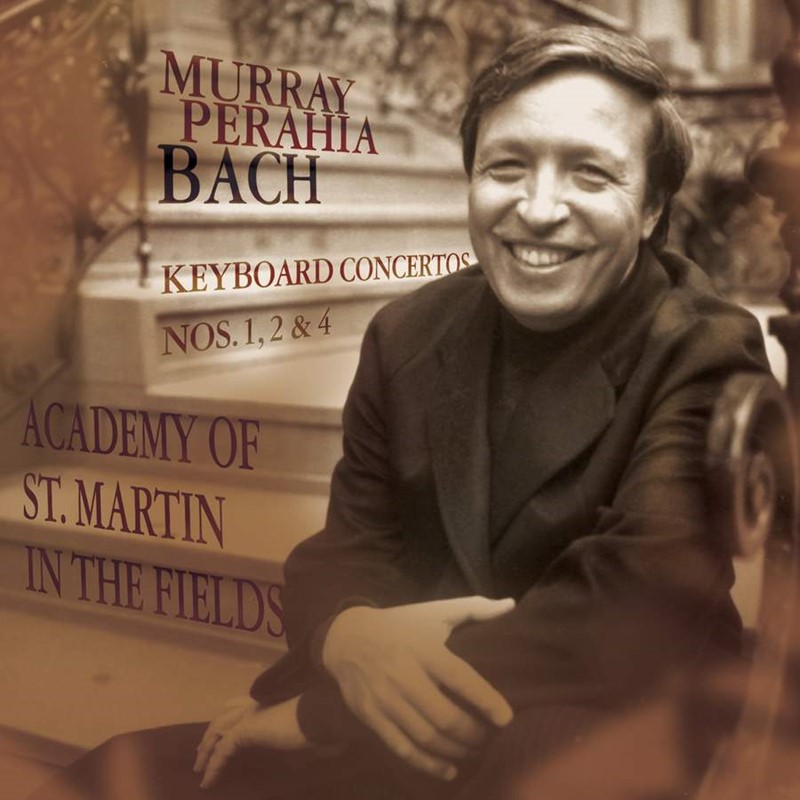
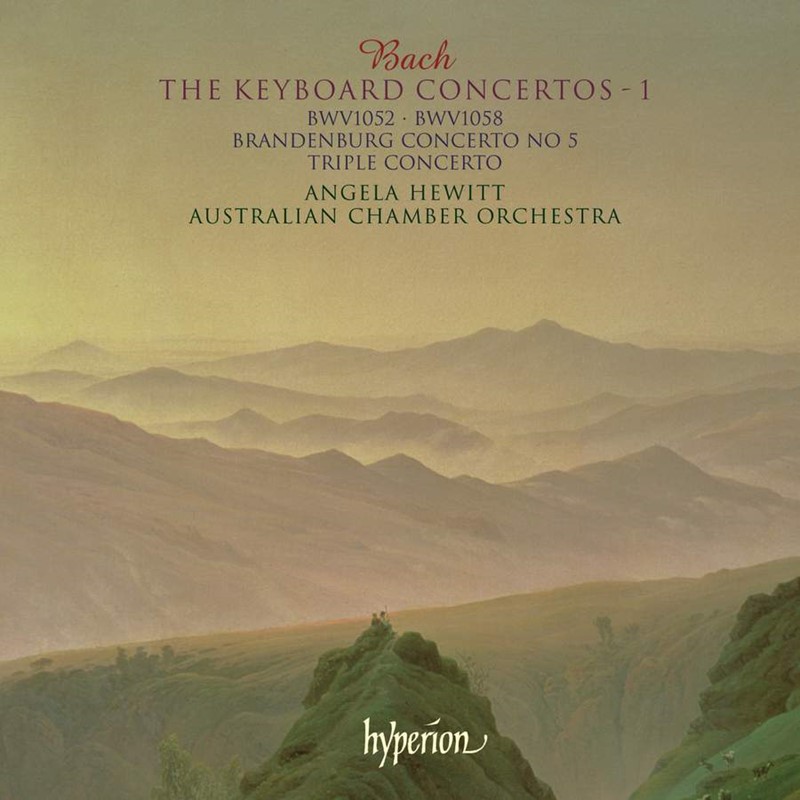
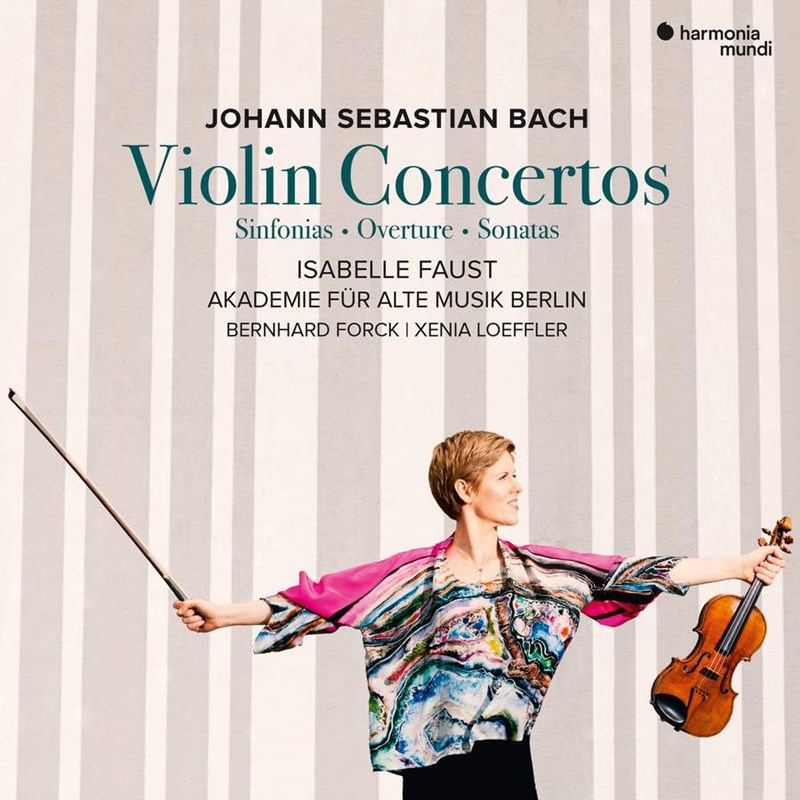
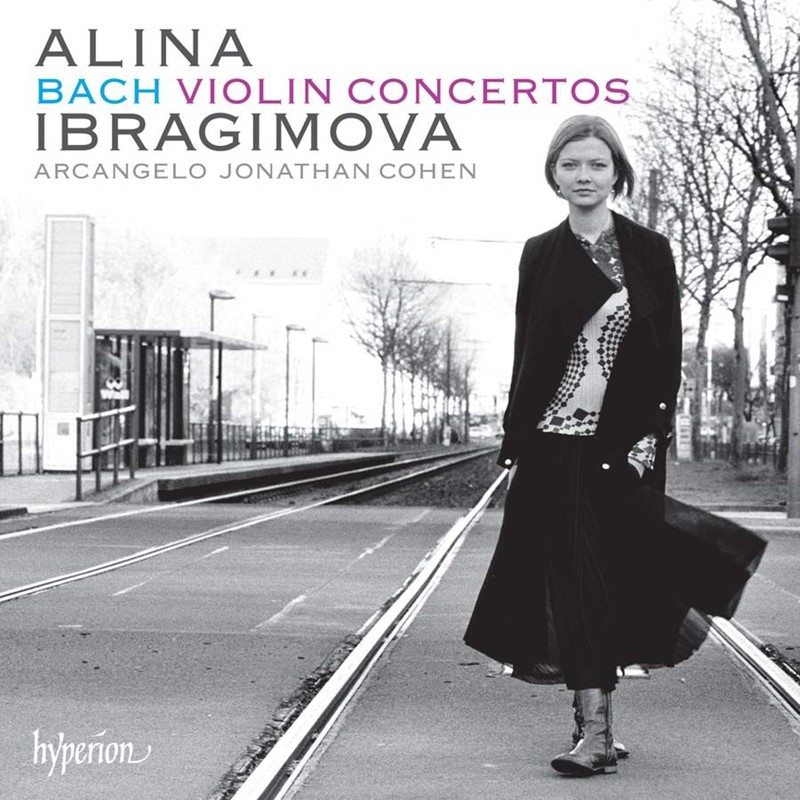
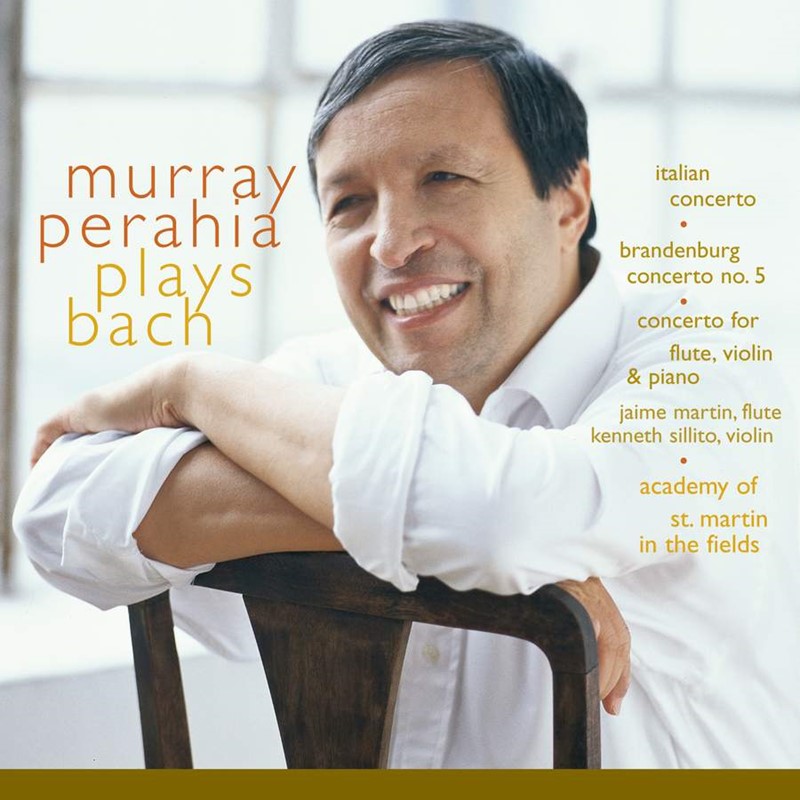
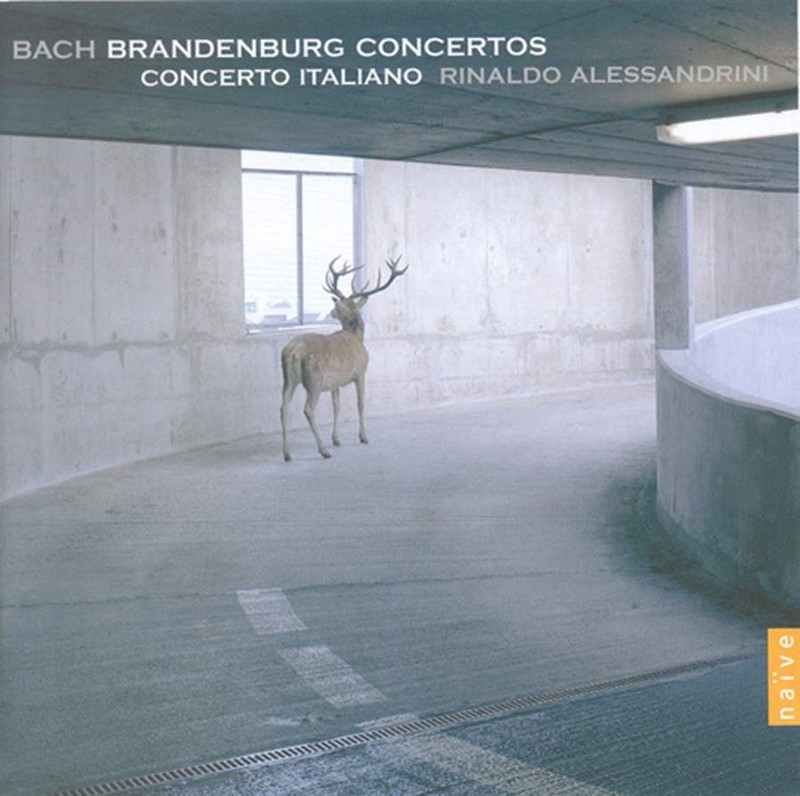
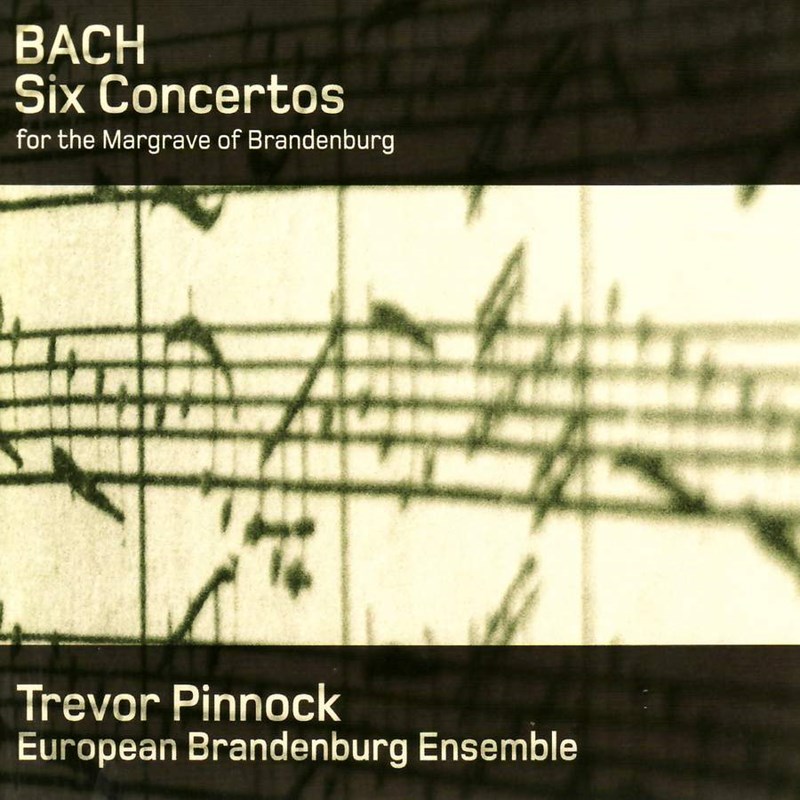
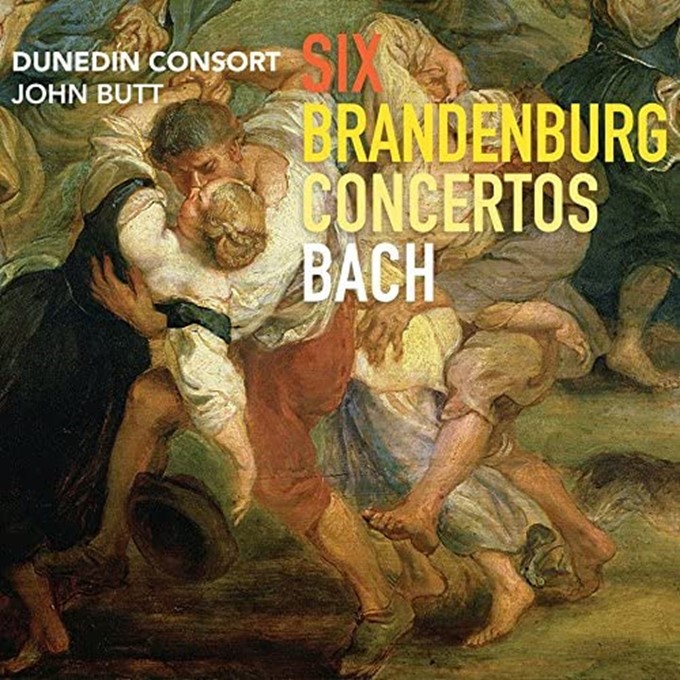
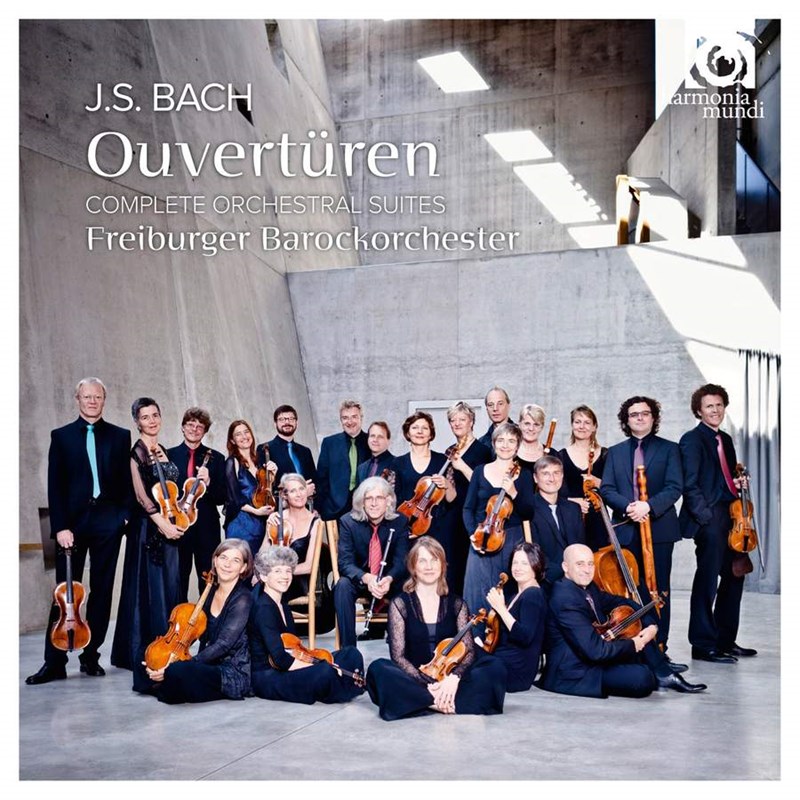
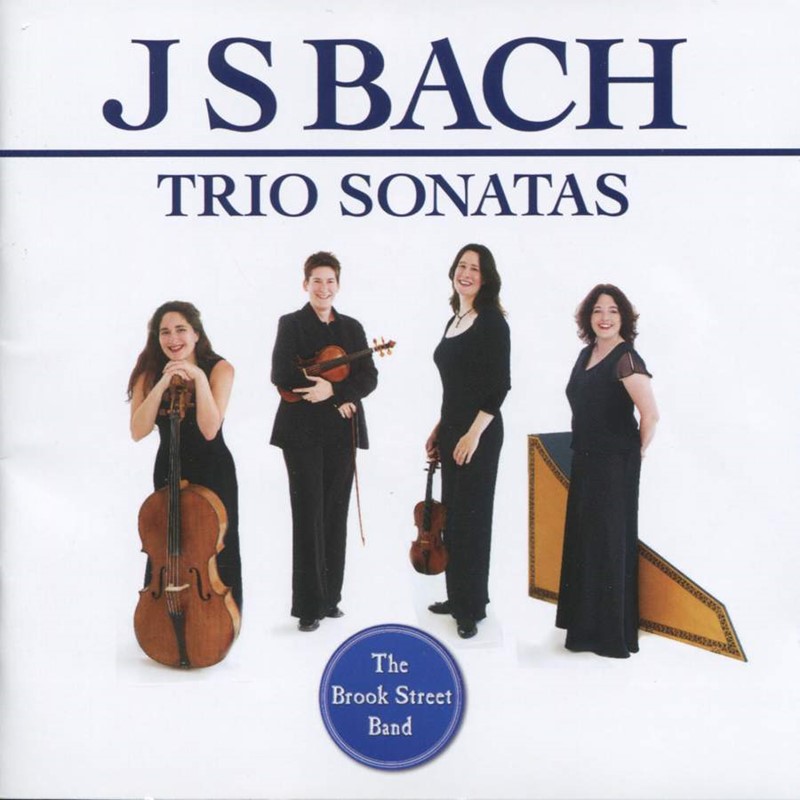
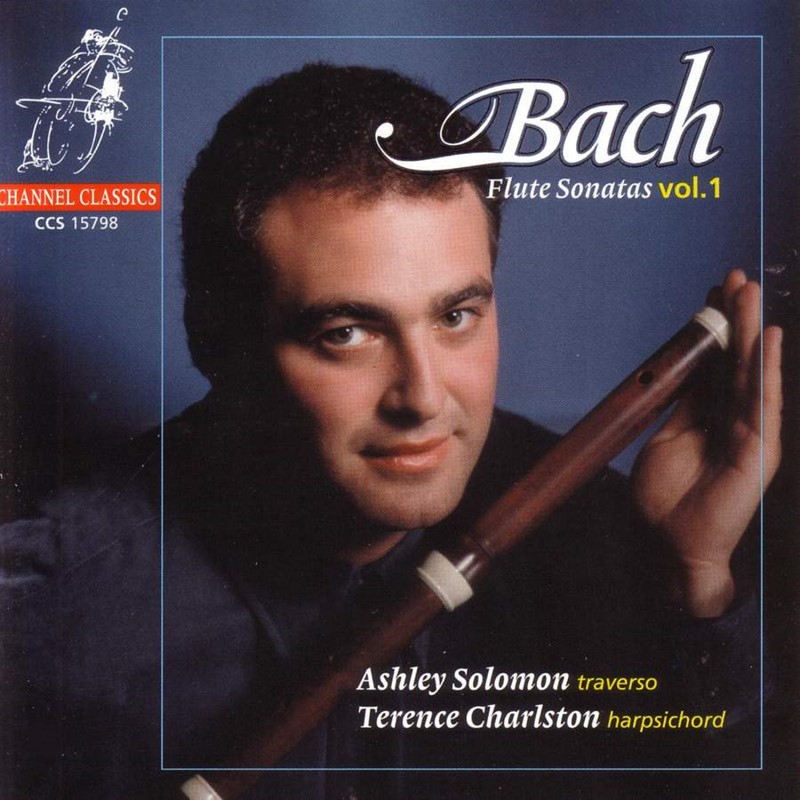
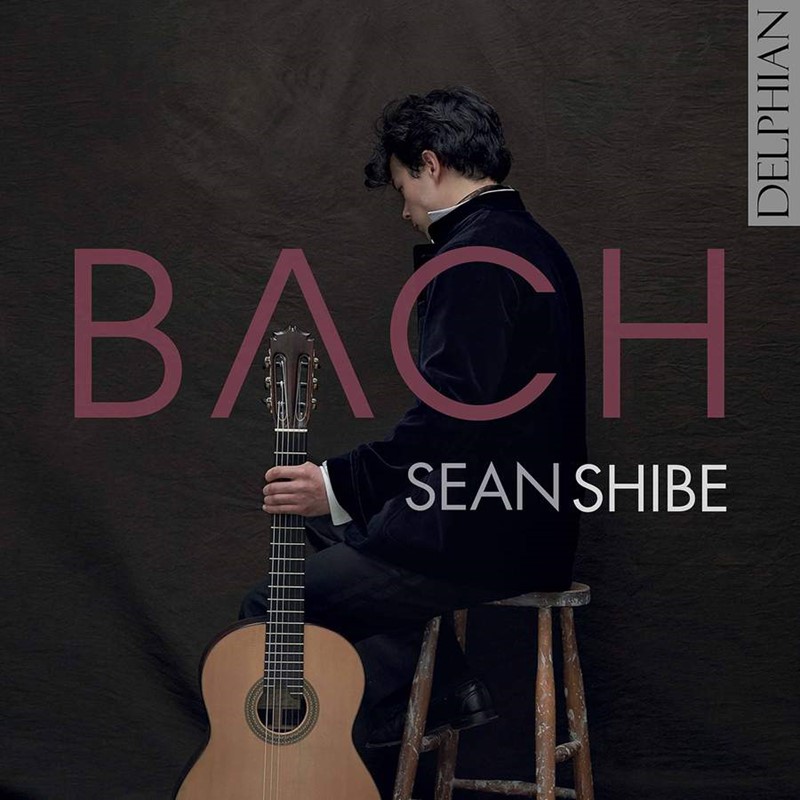
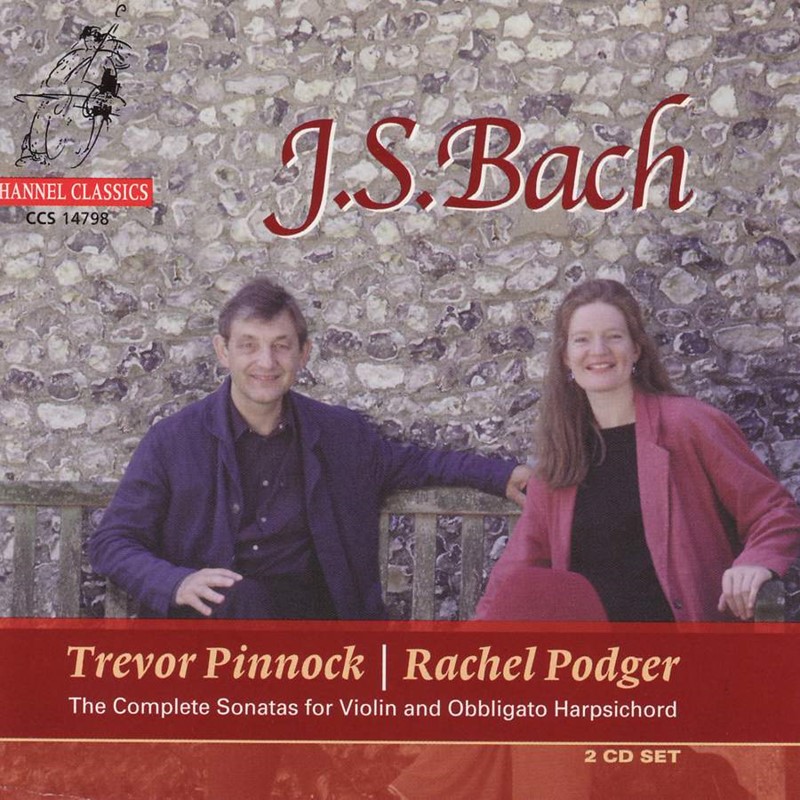
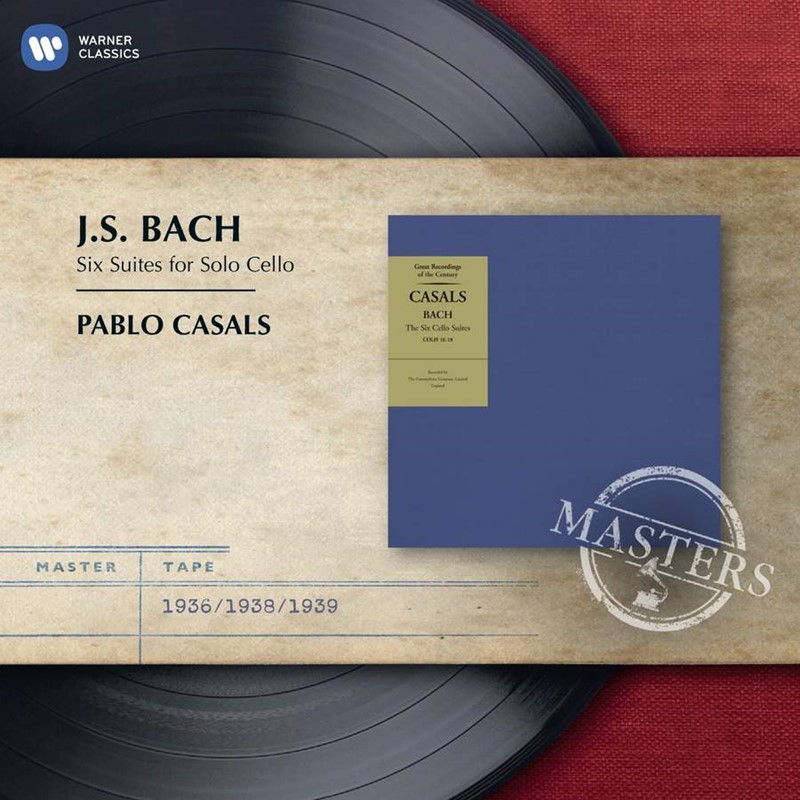
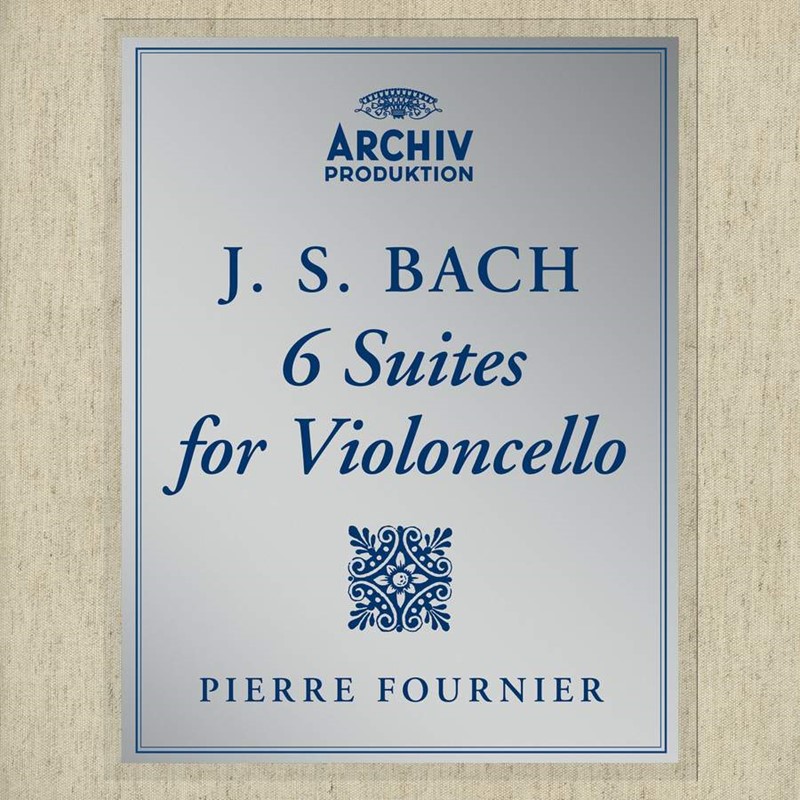
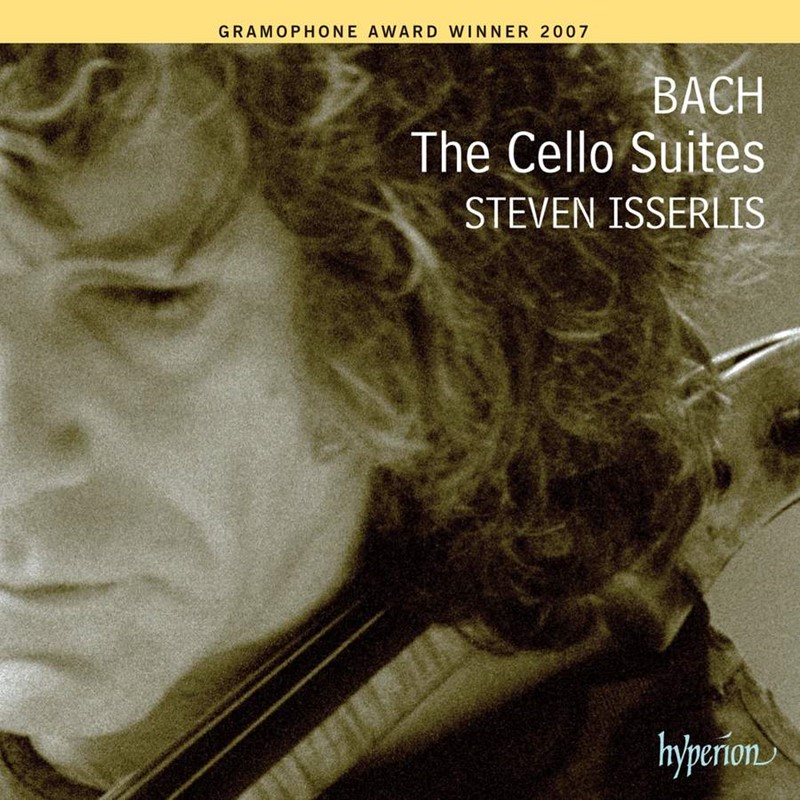
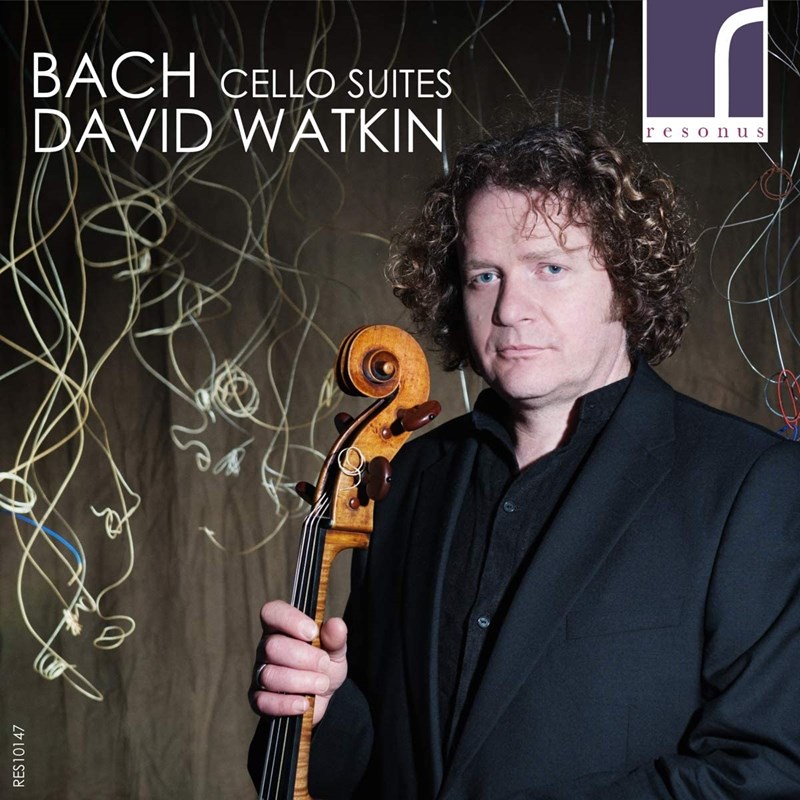
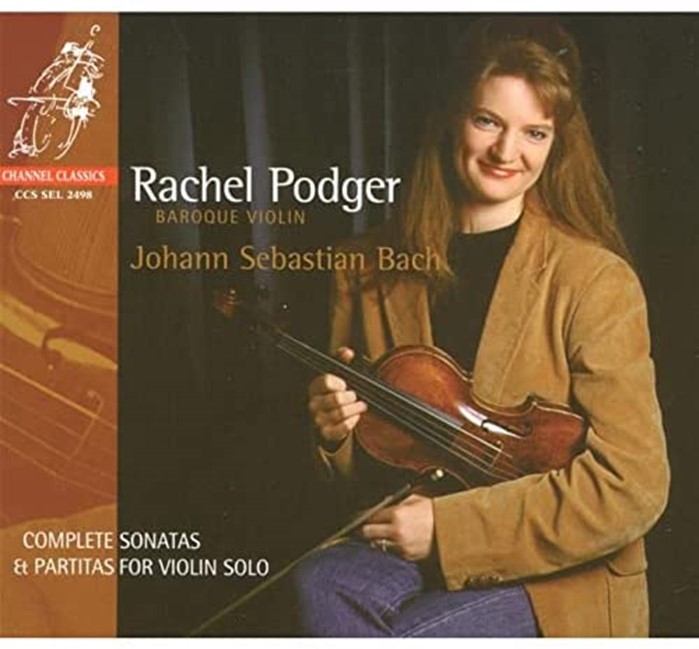
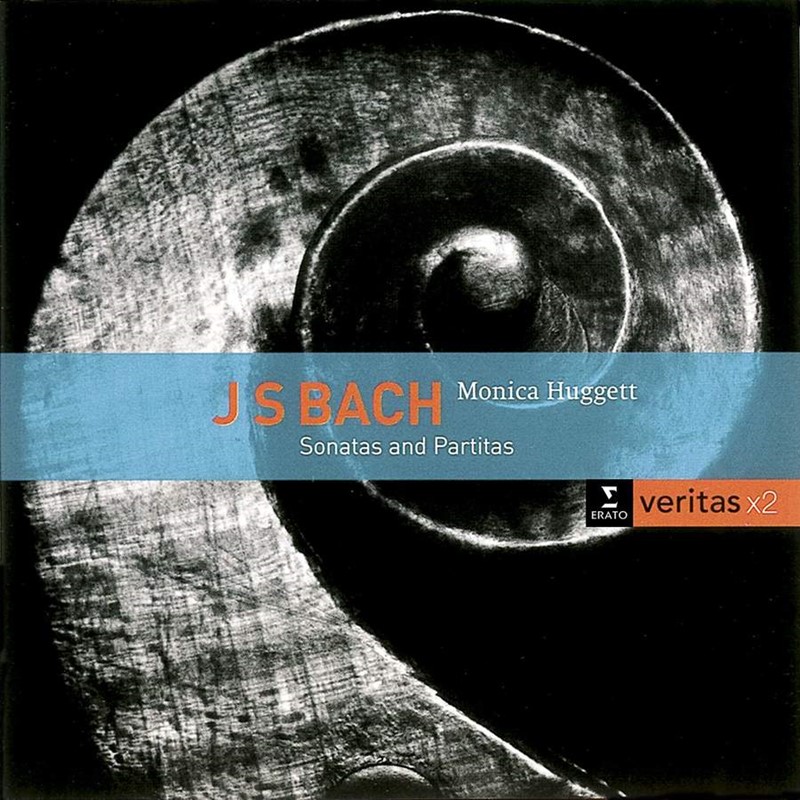
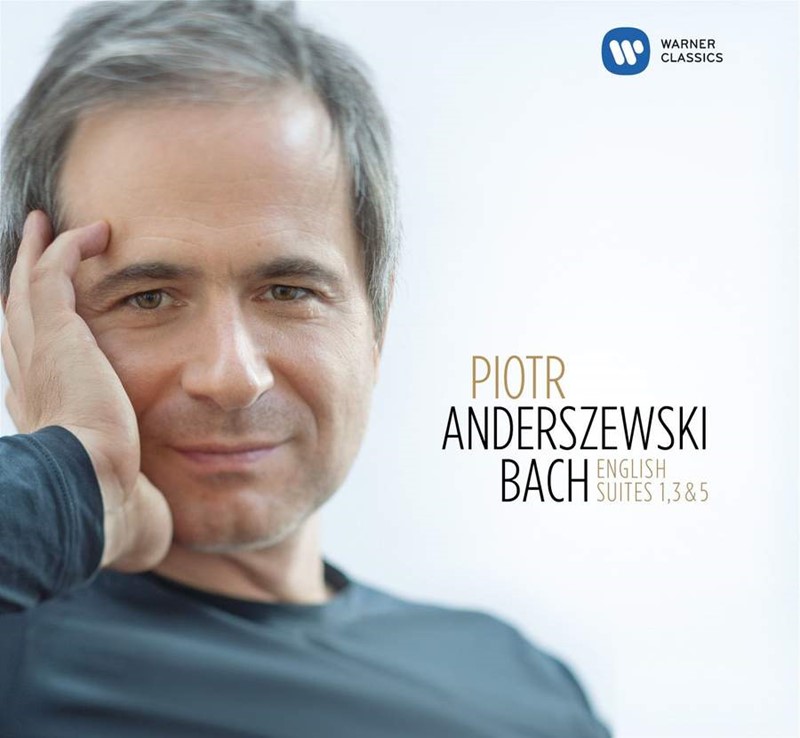
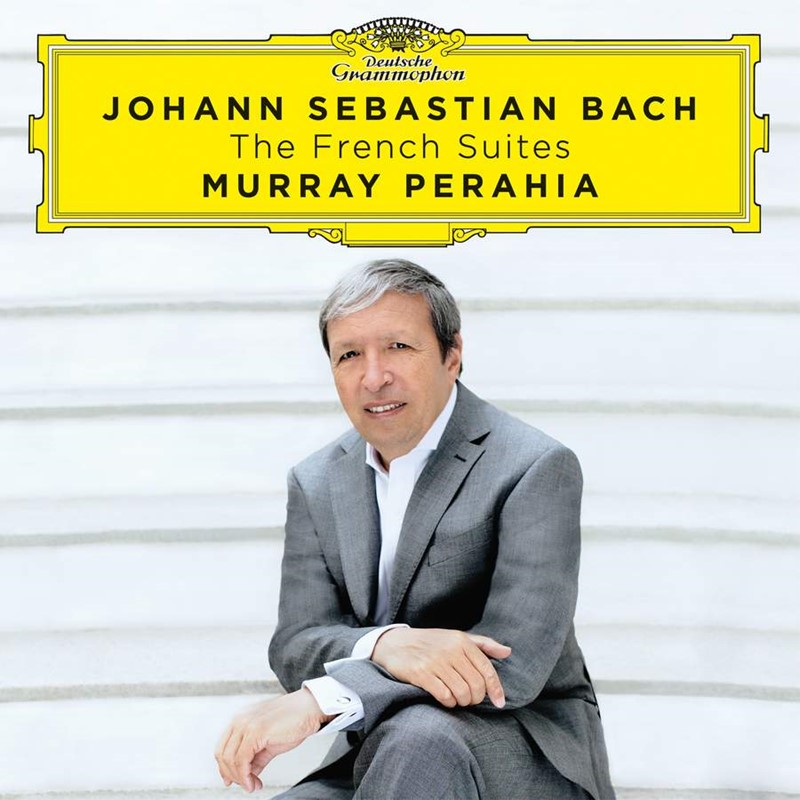
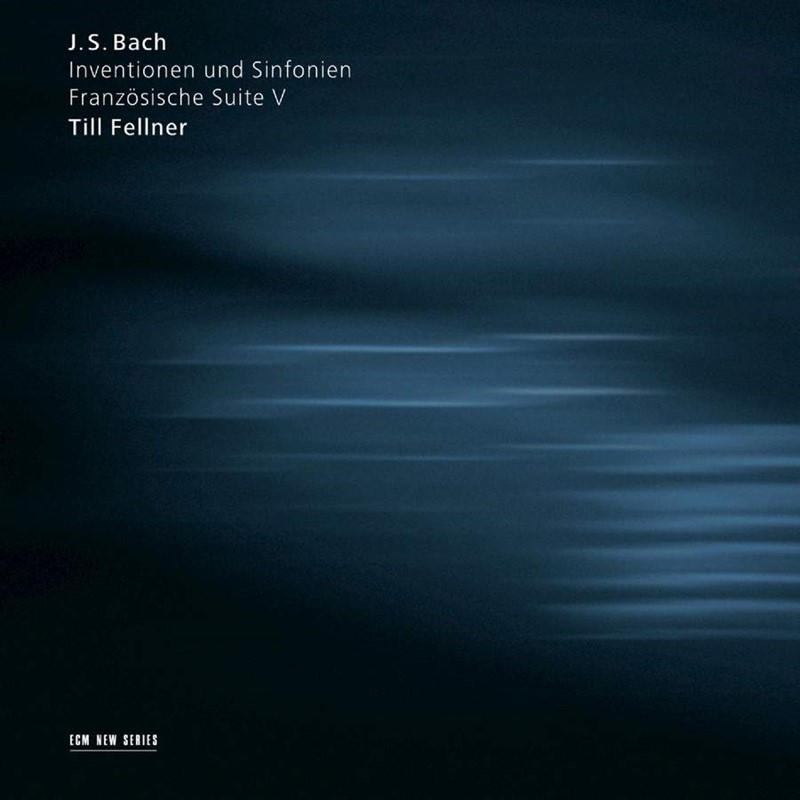
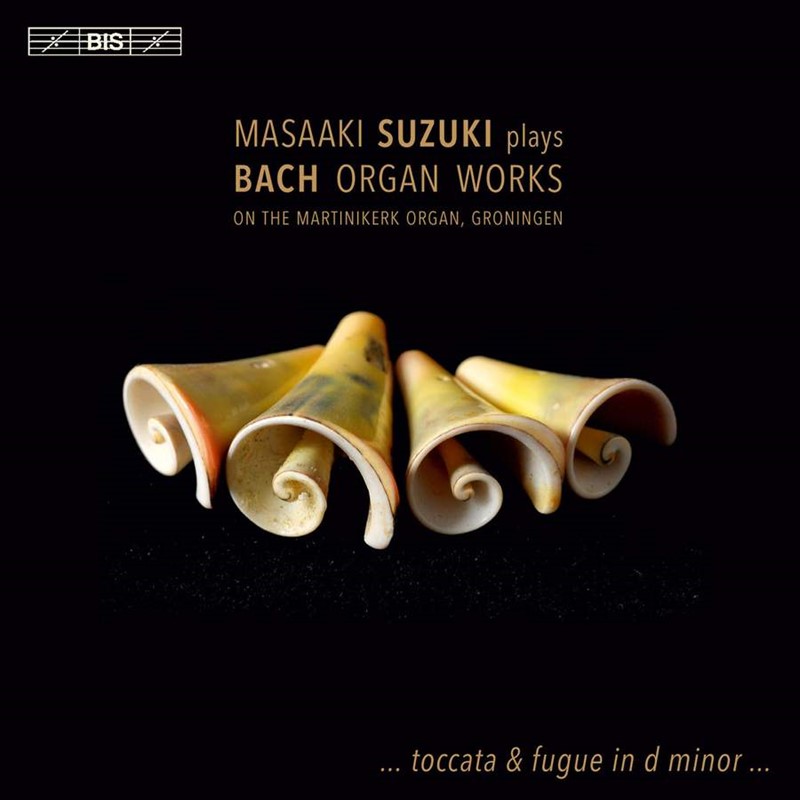
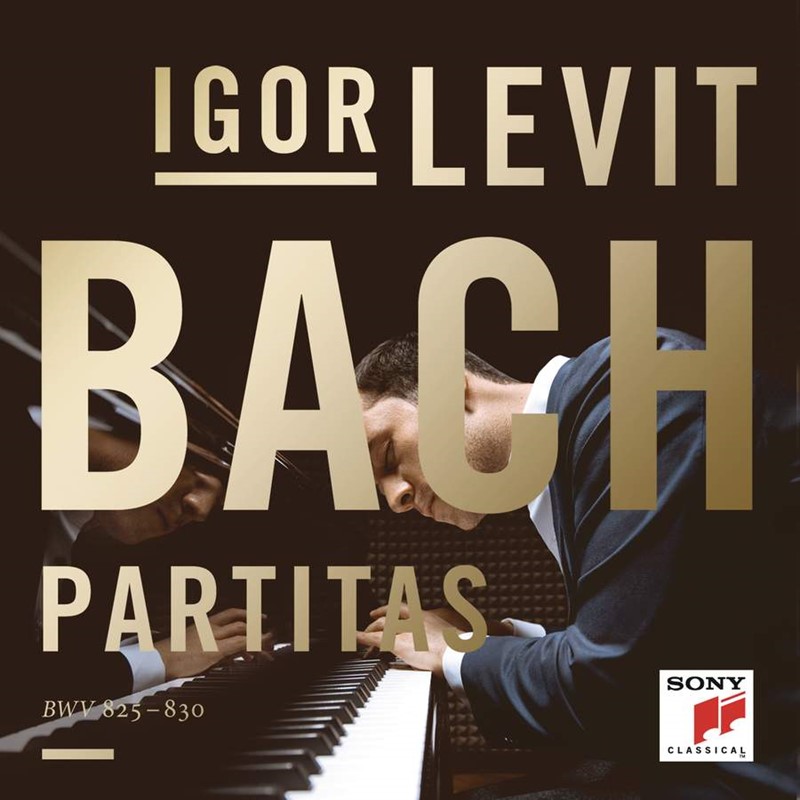

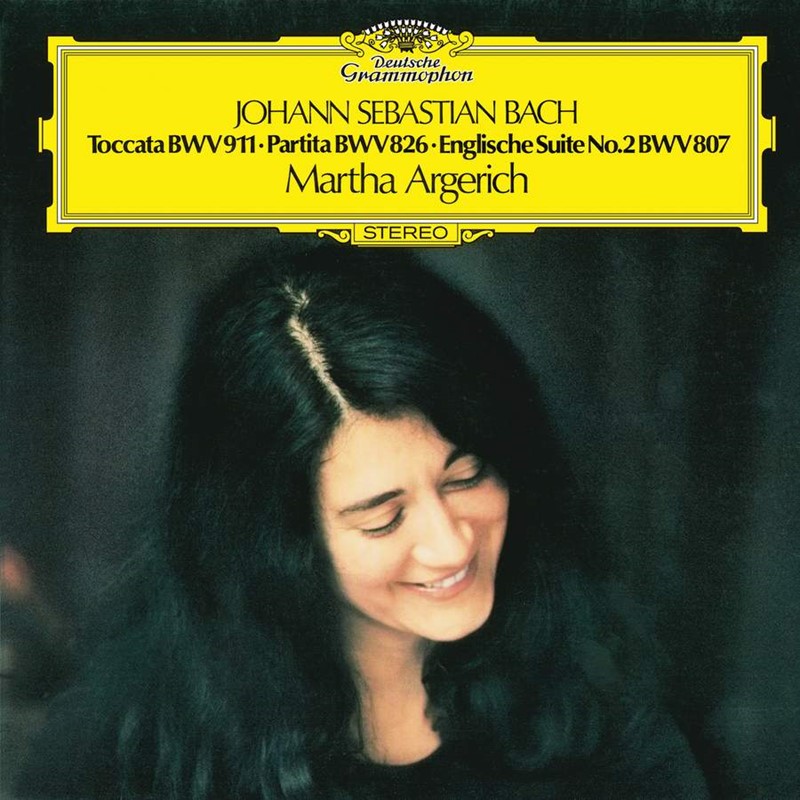
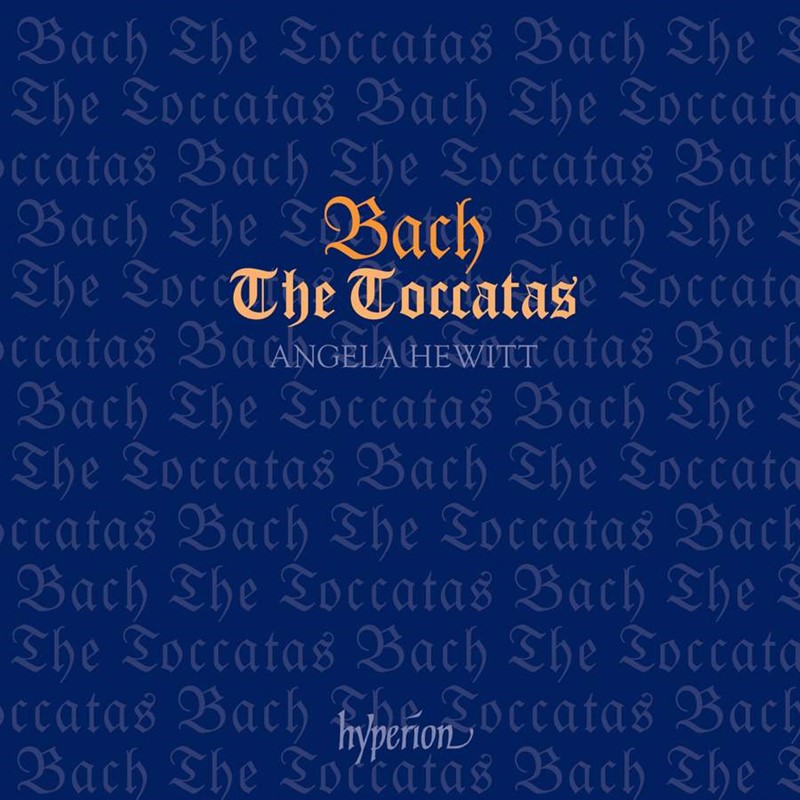
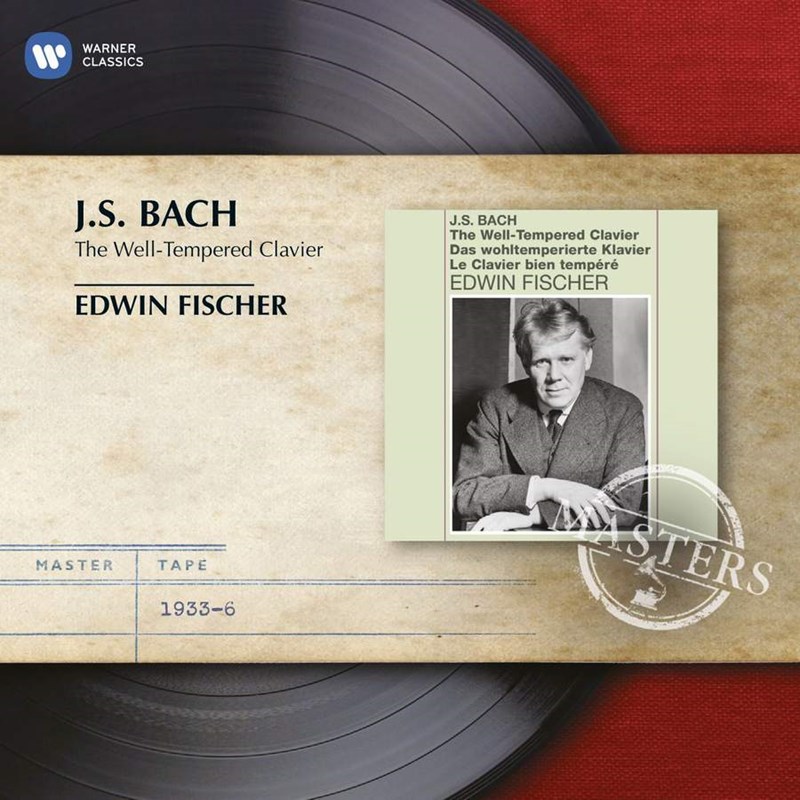
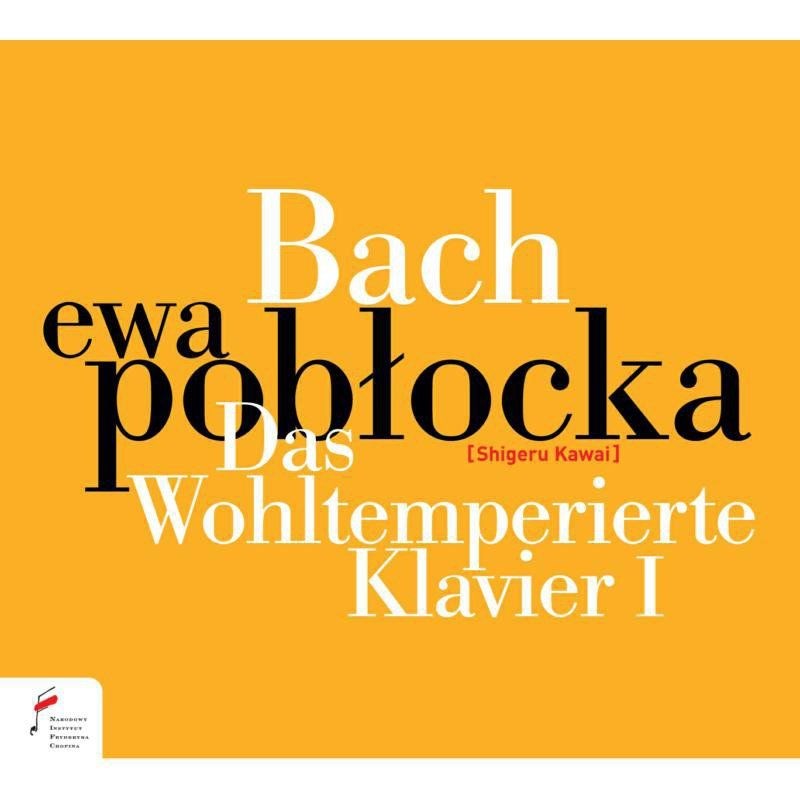
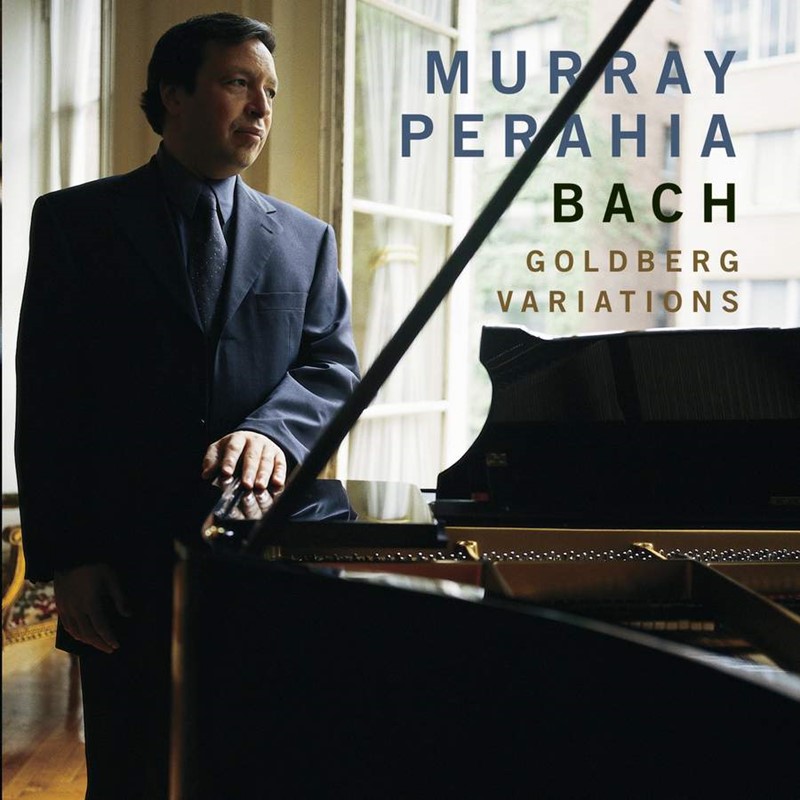
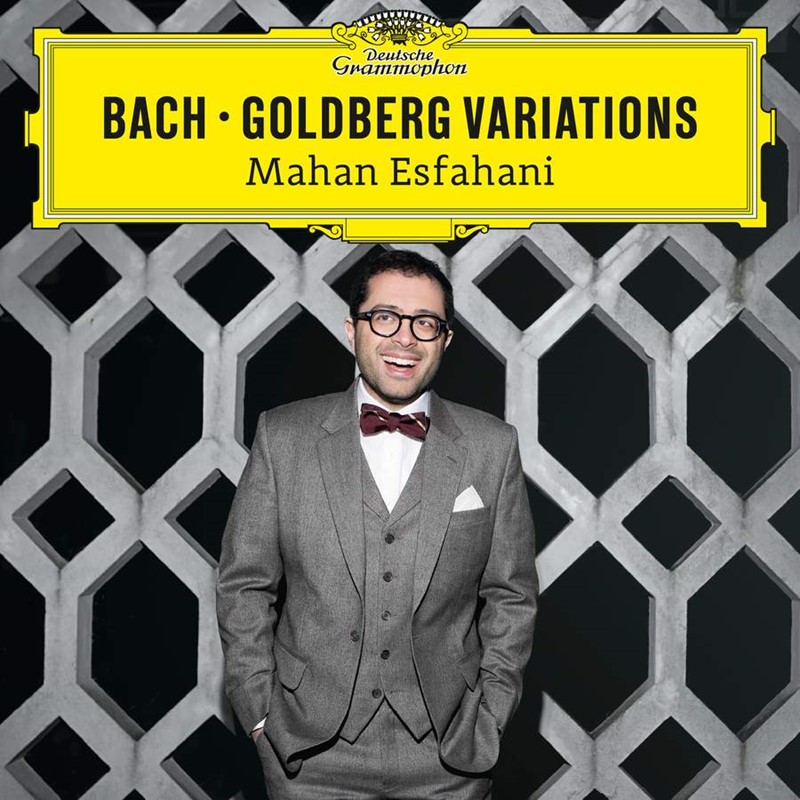
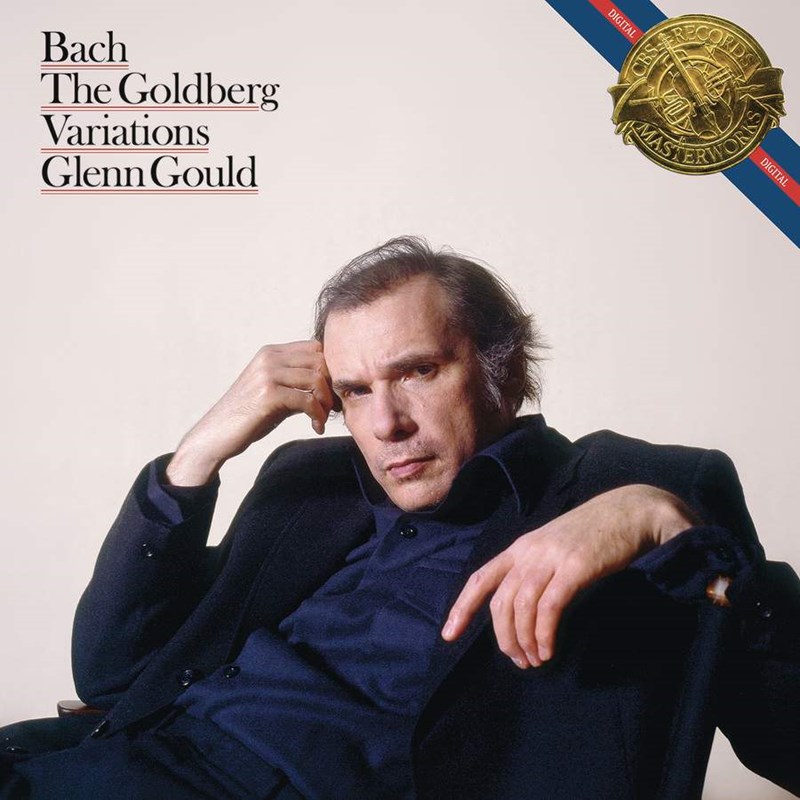
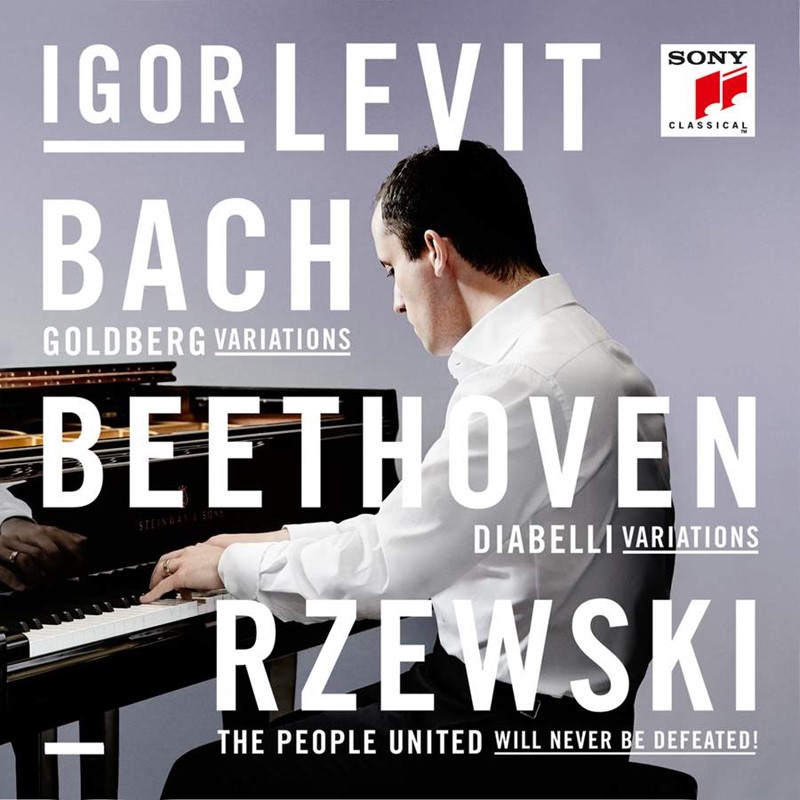

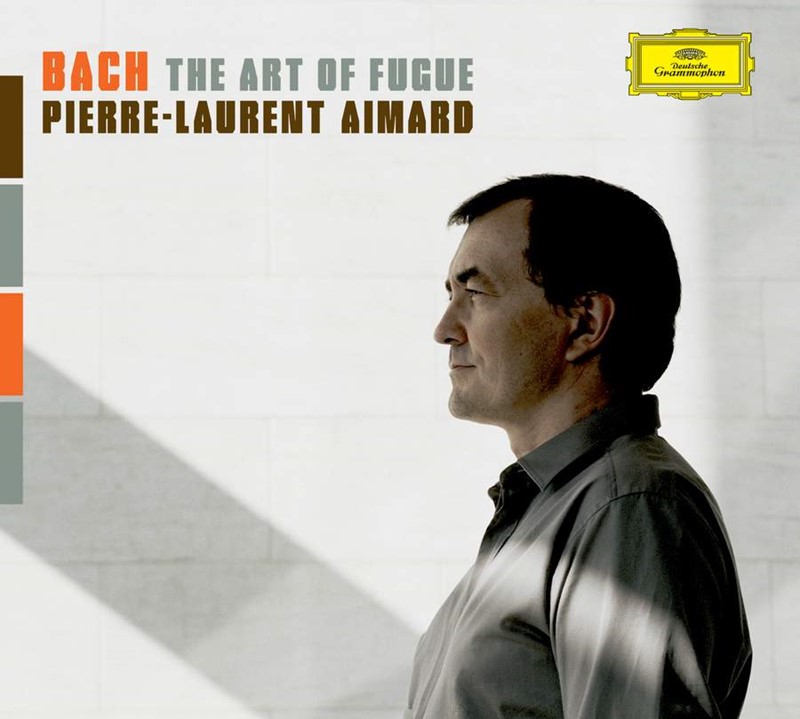
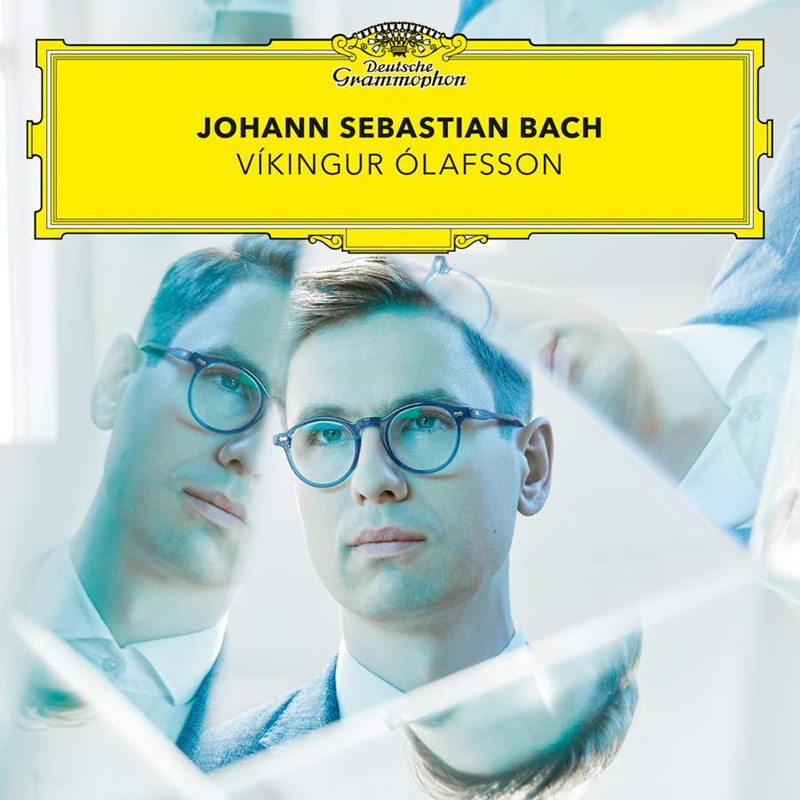
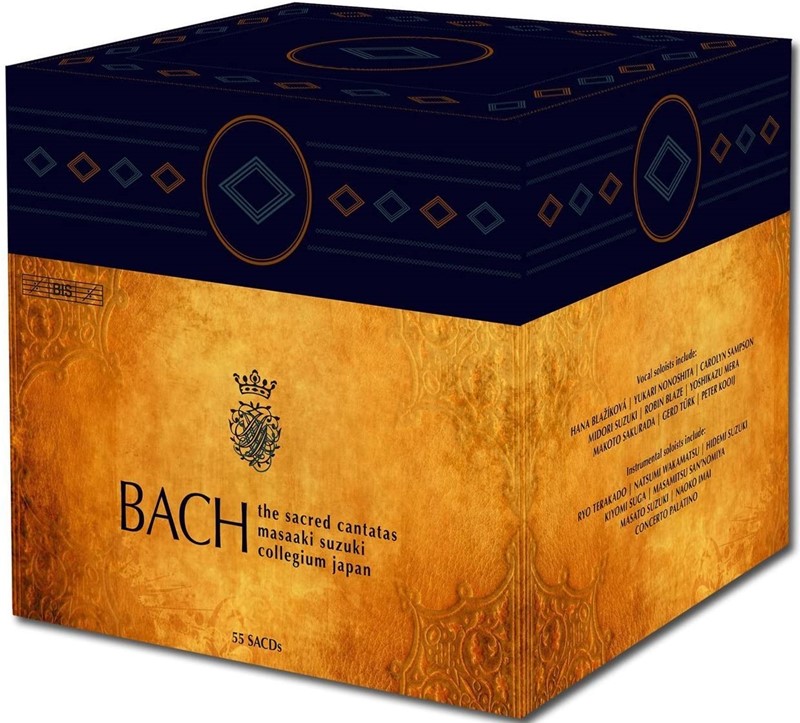
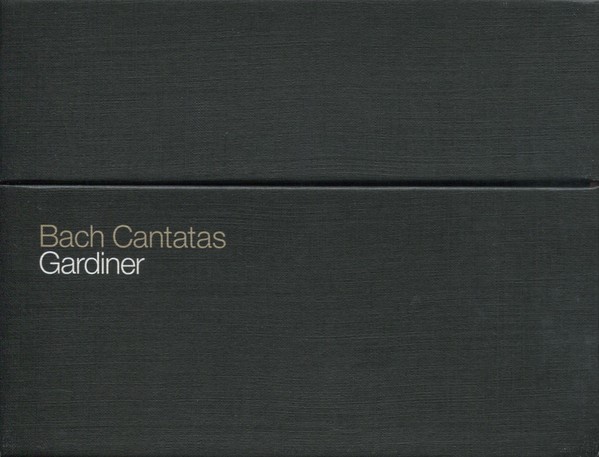
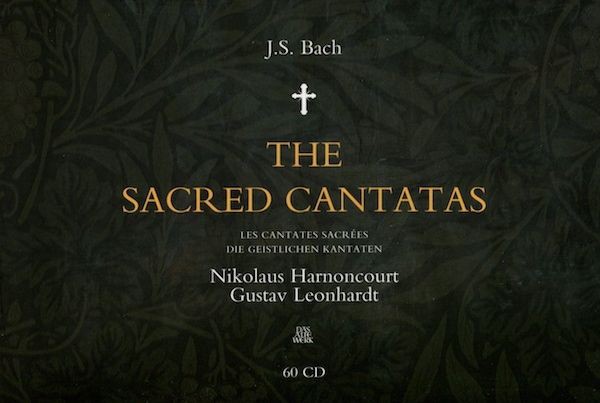
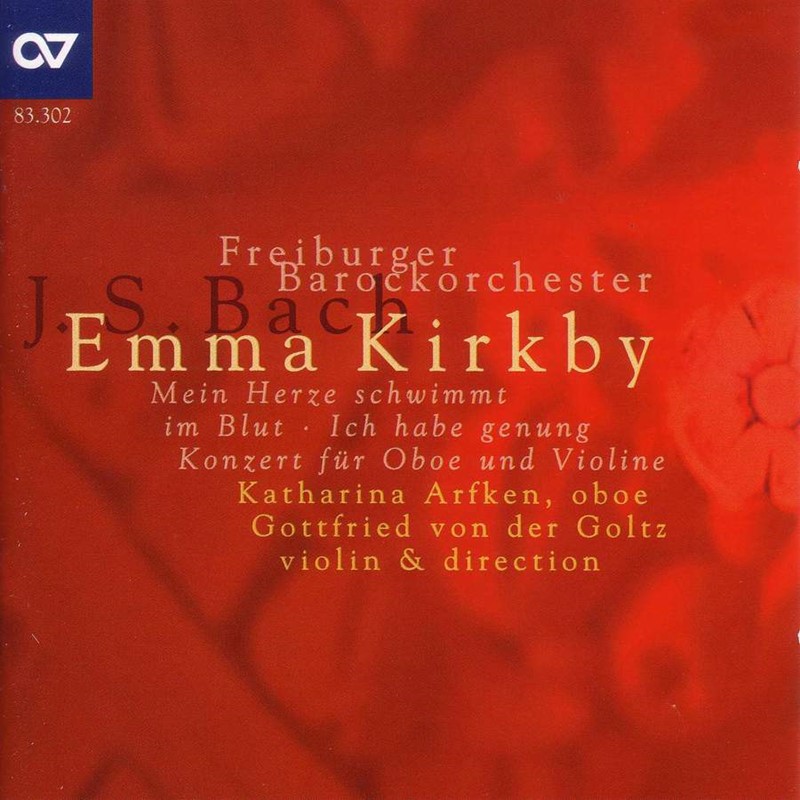
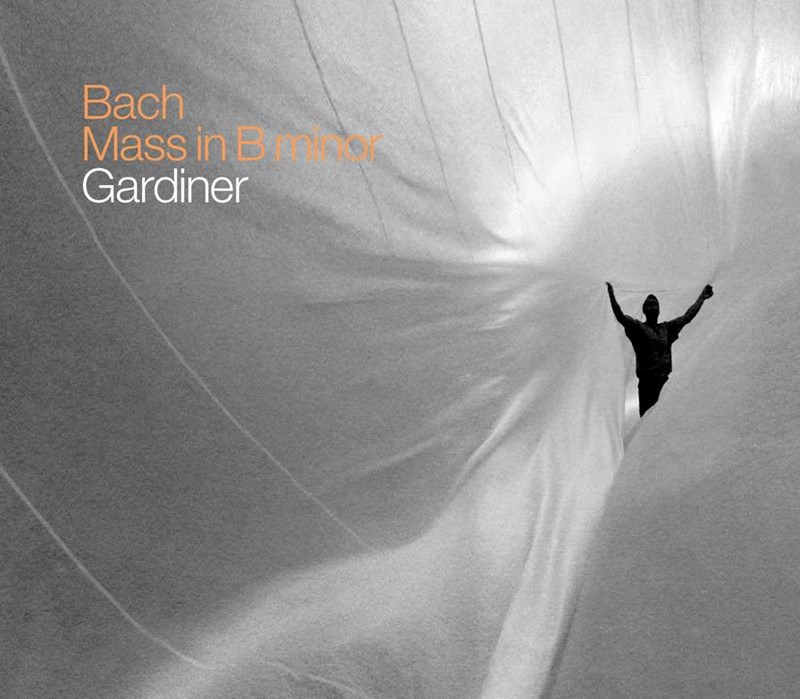
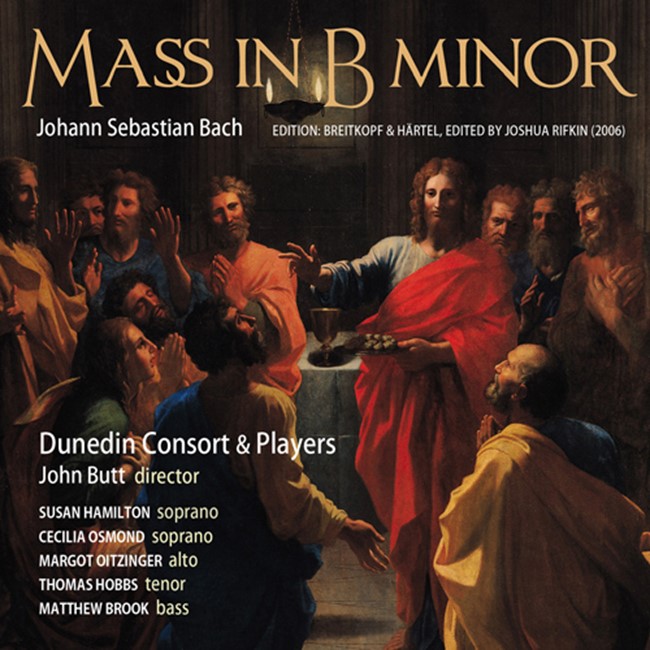
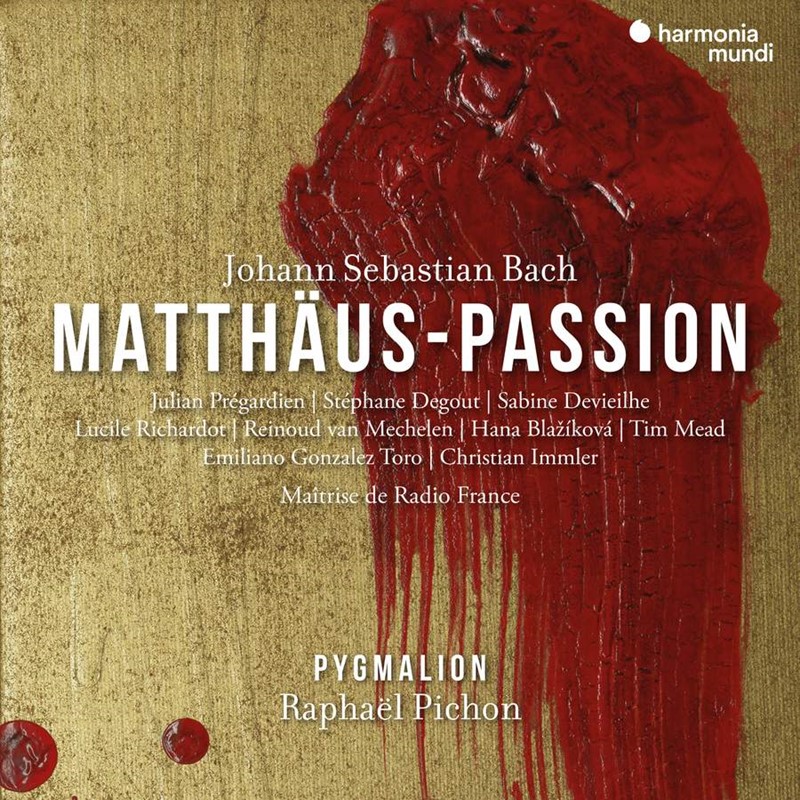
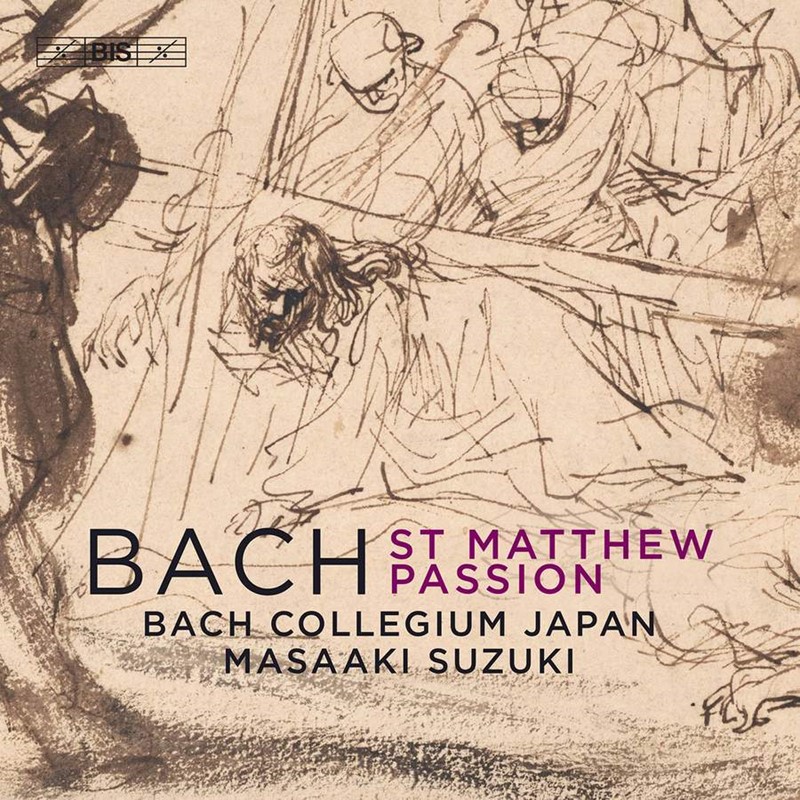
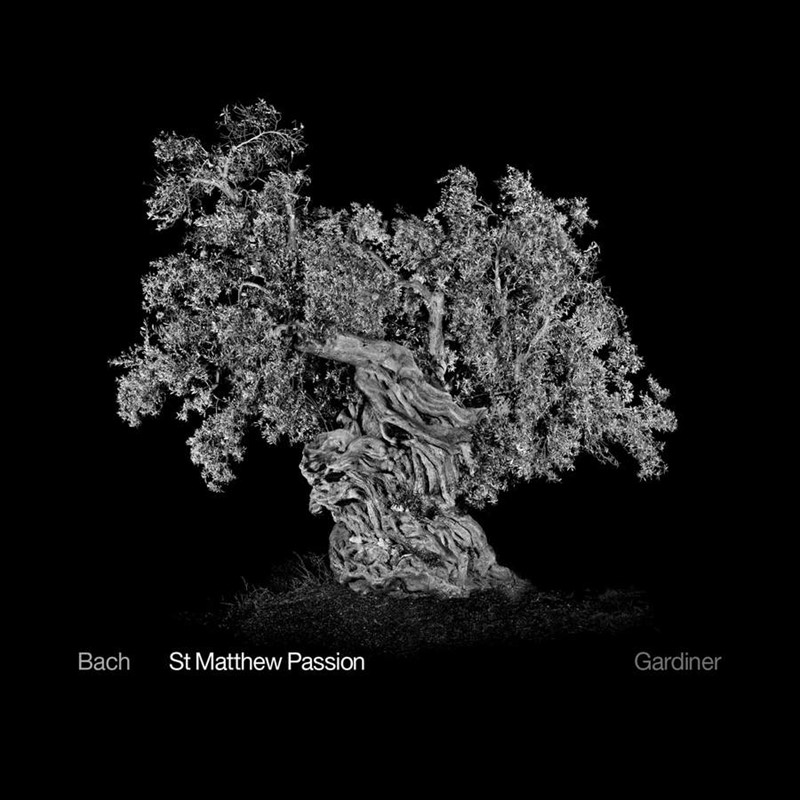
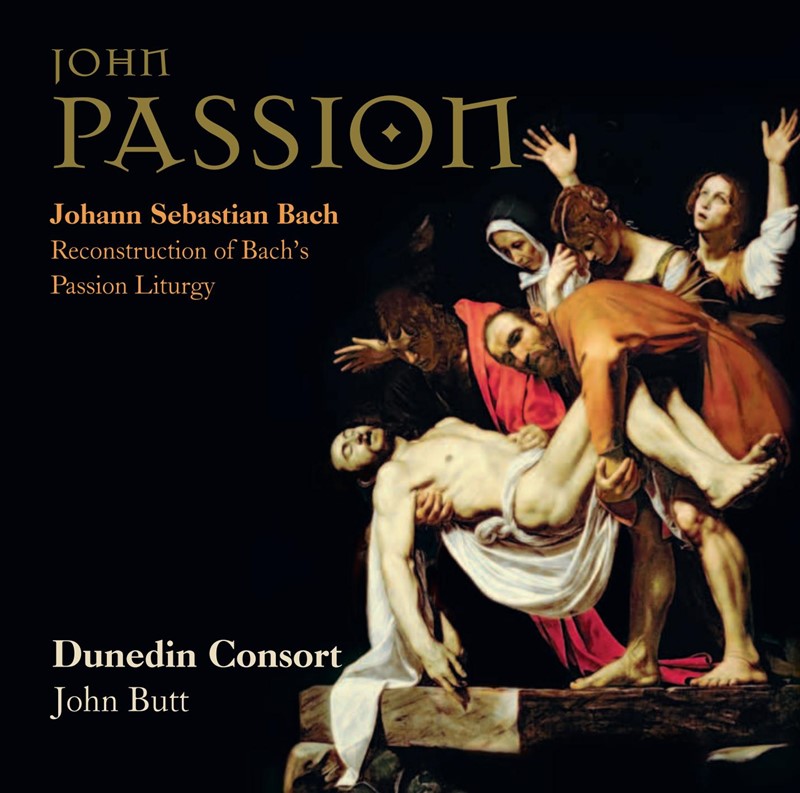
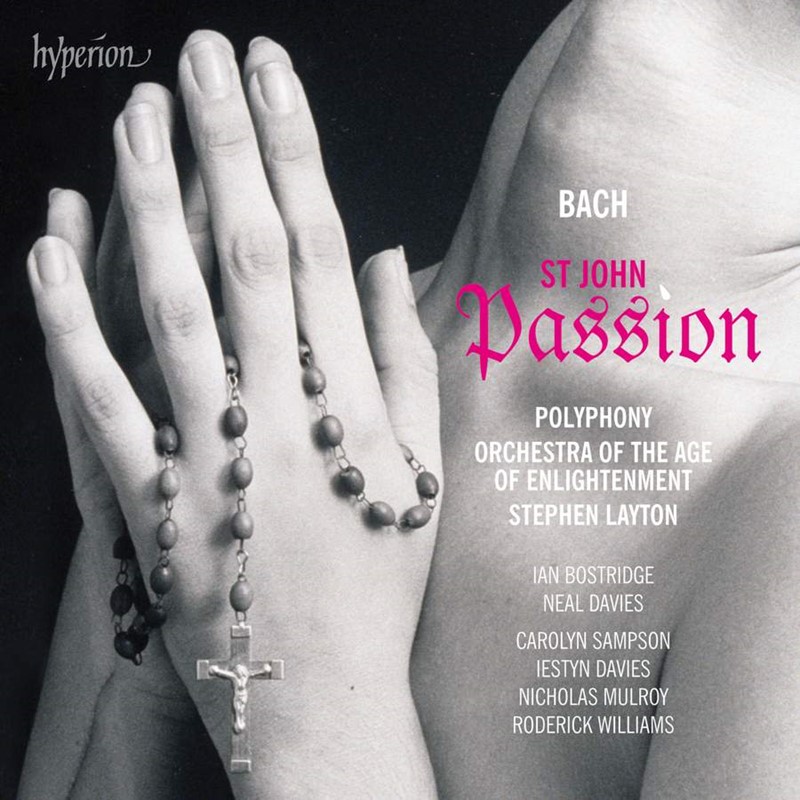
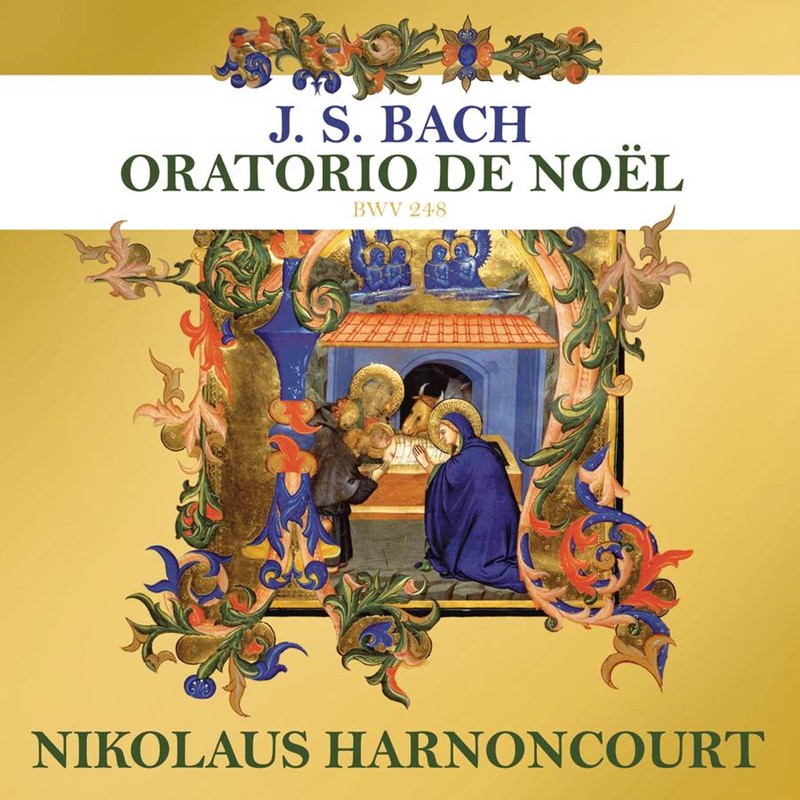
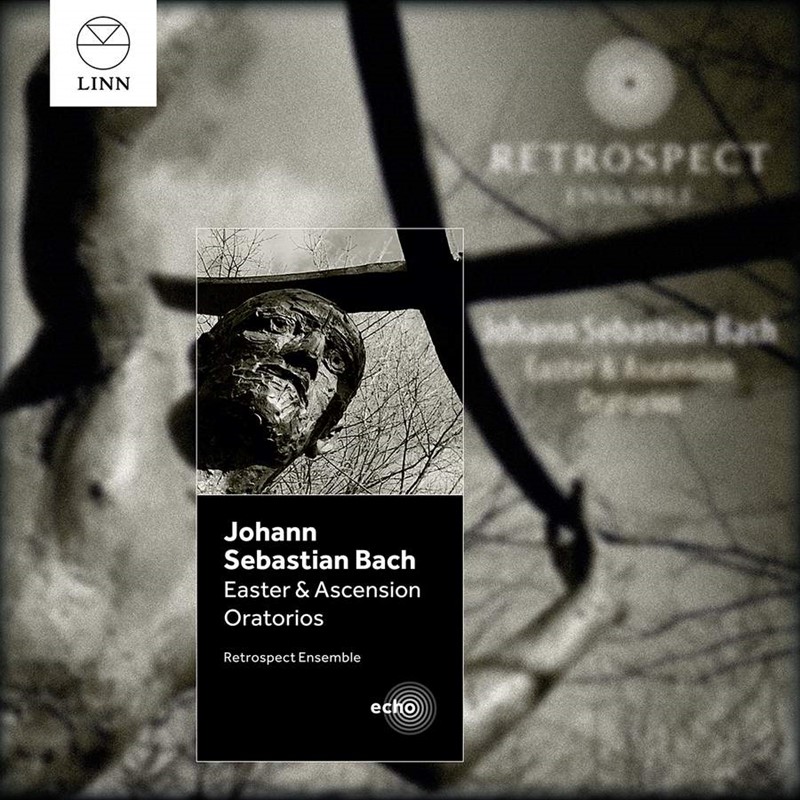
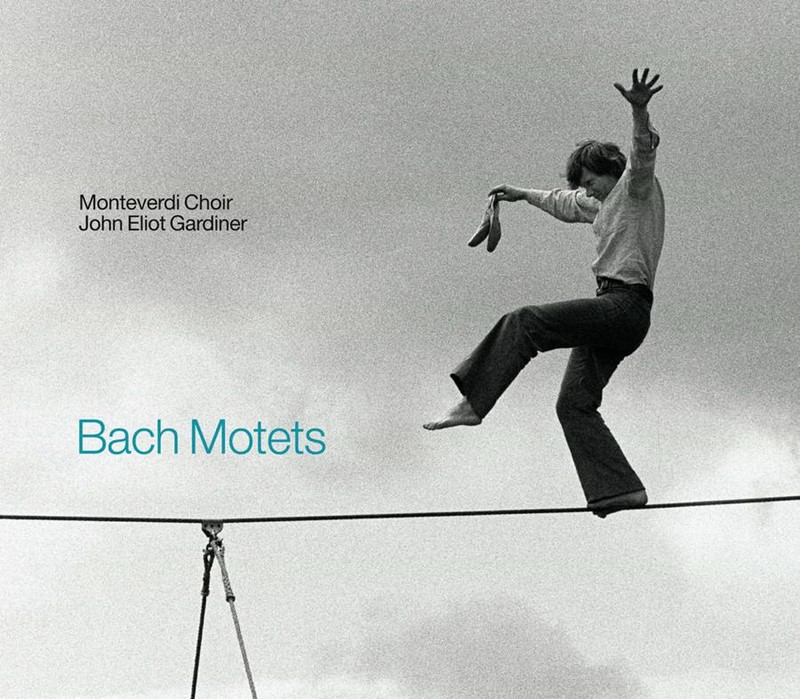
No hay comentarios:
Publicar un comentario